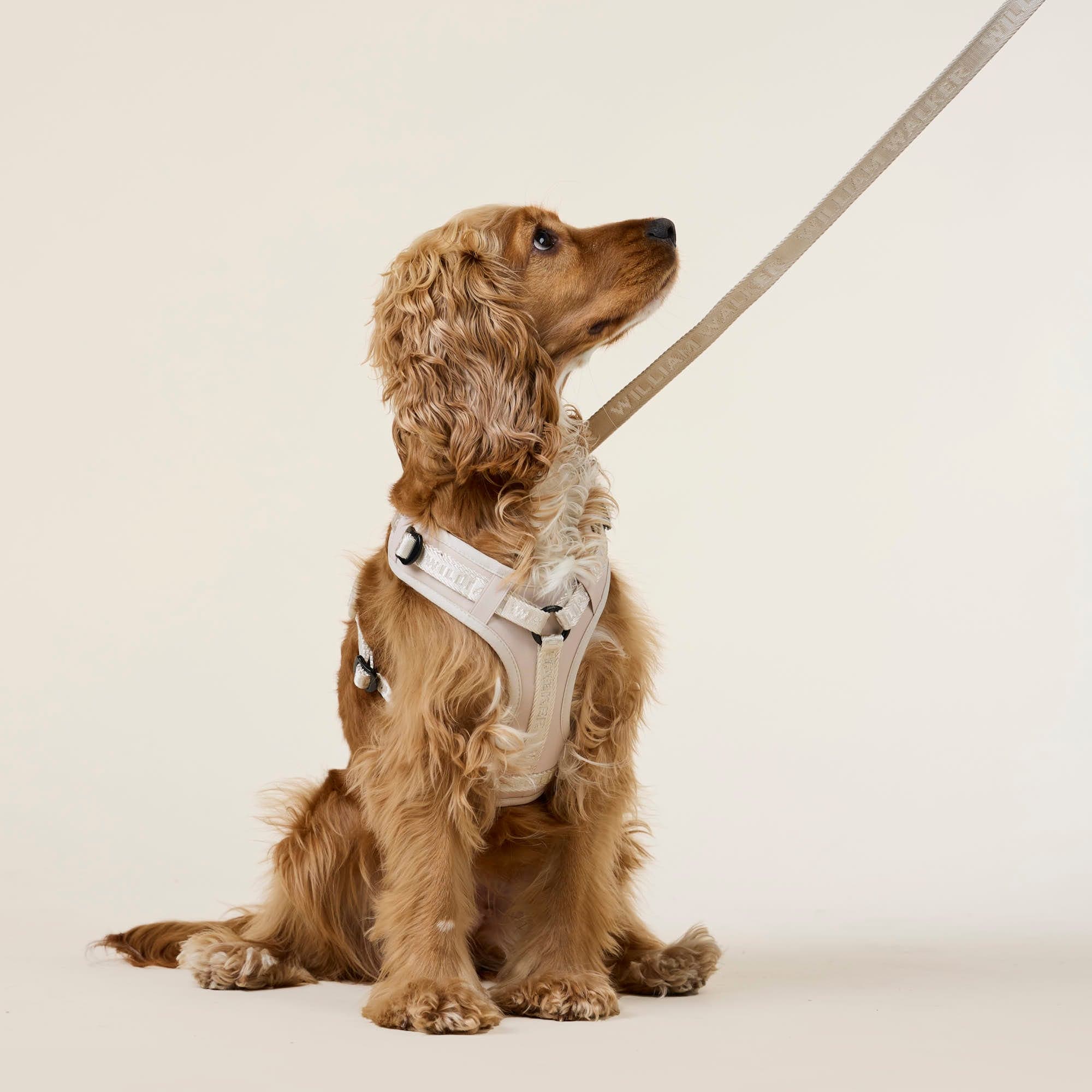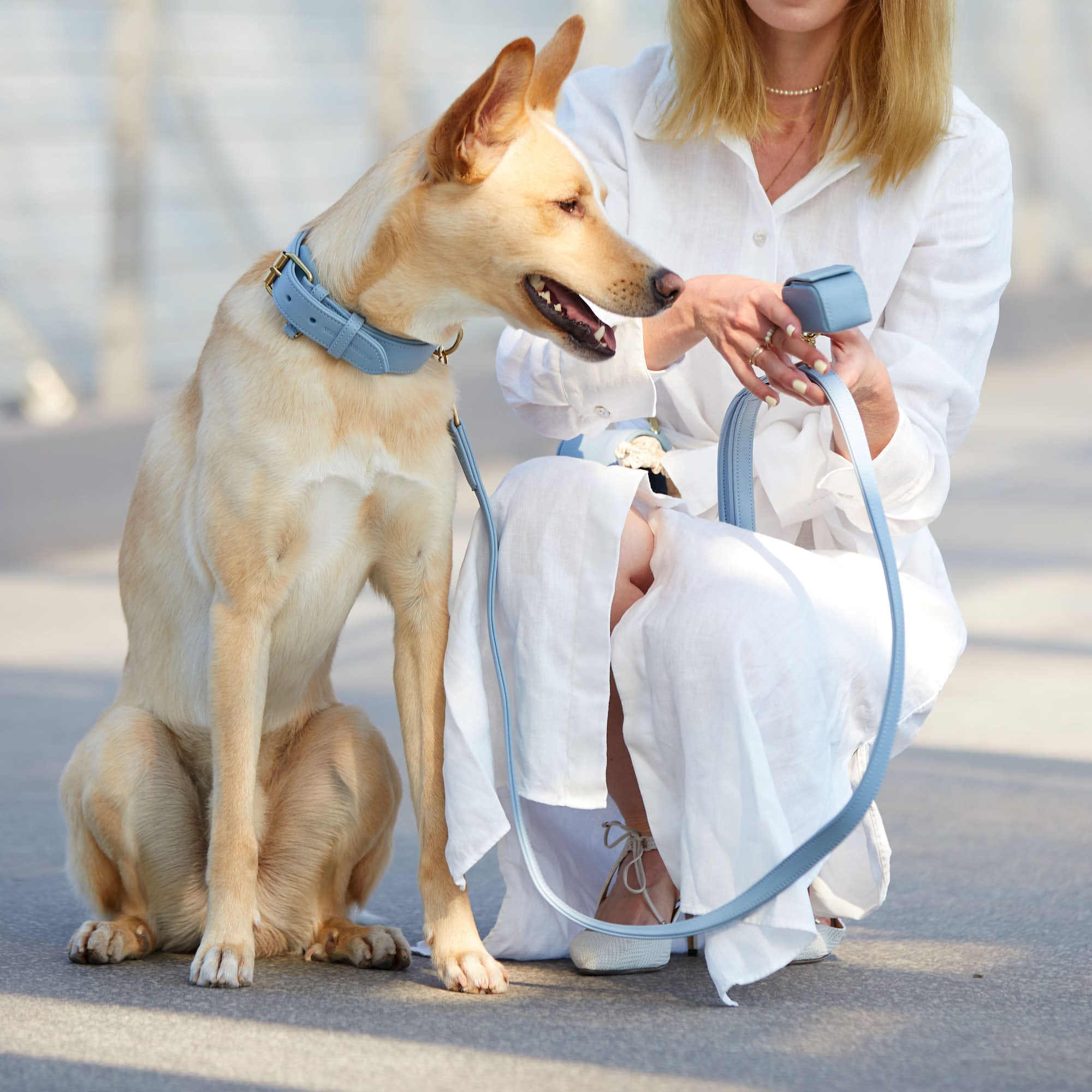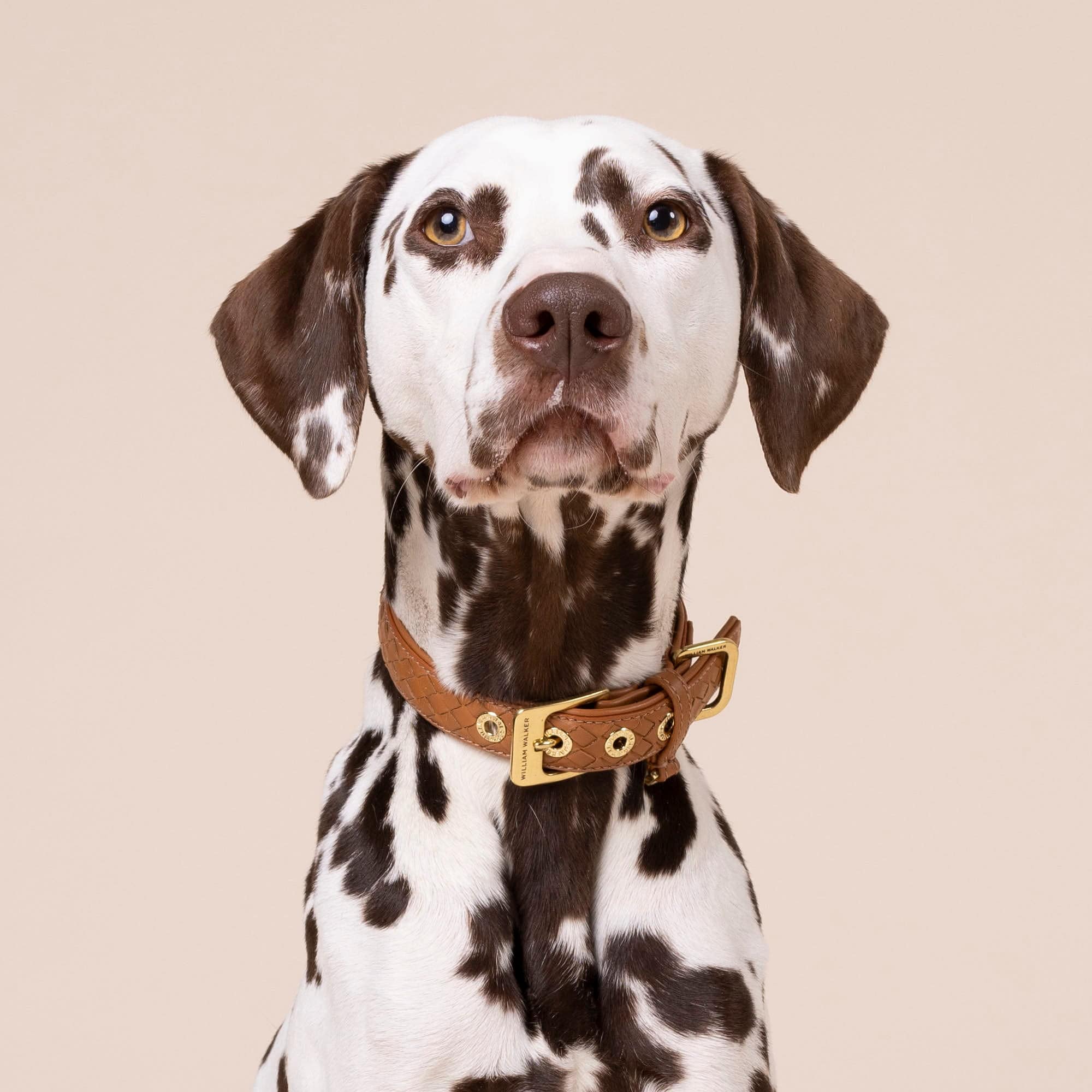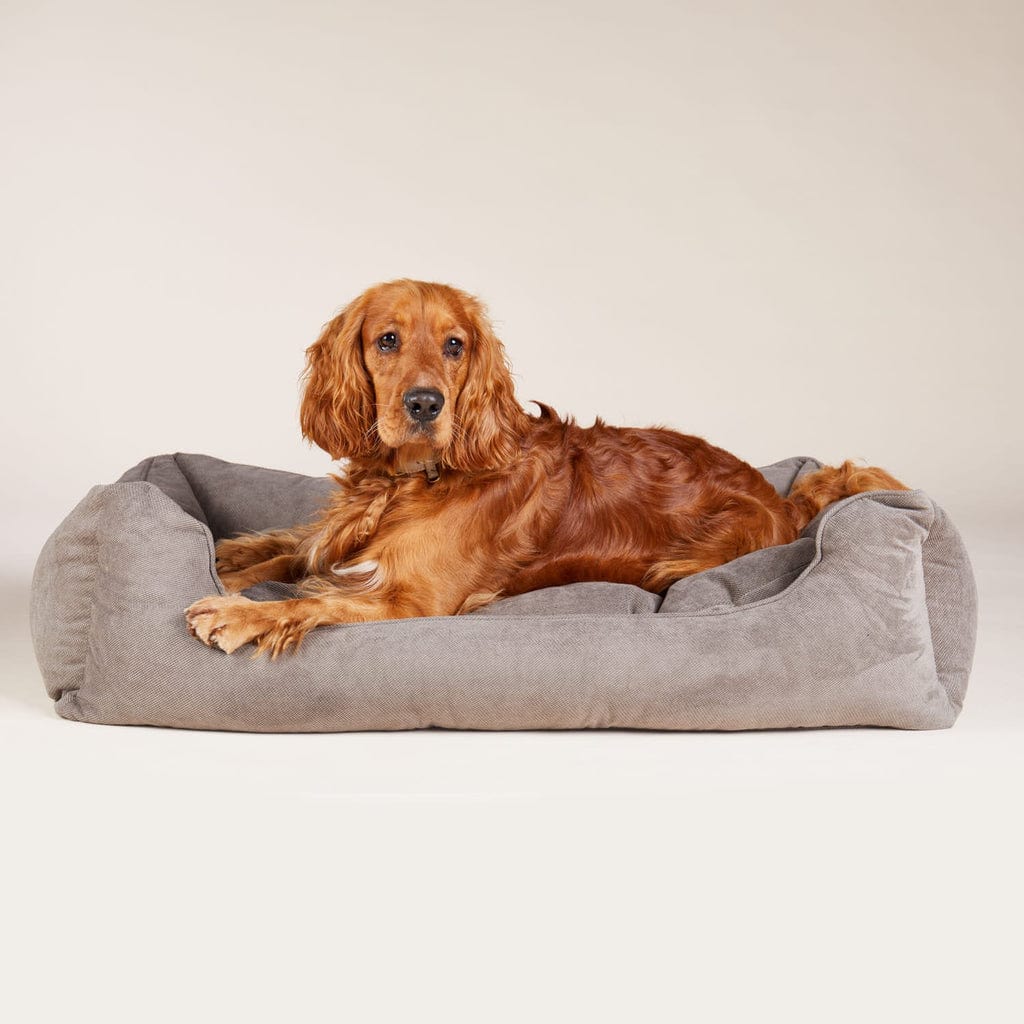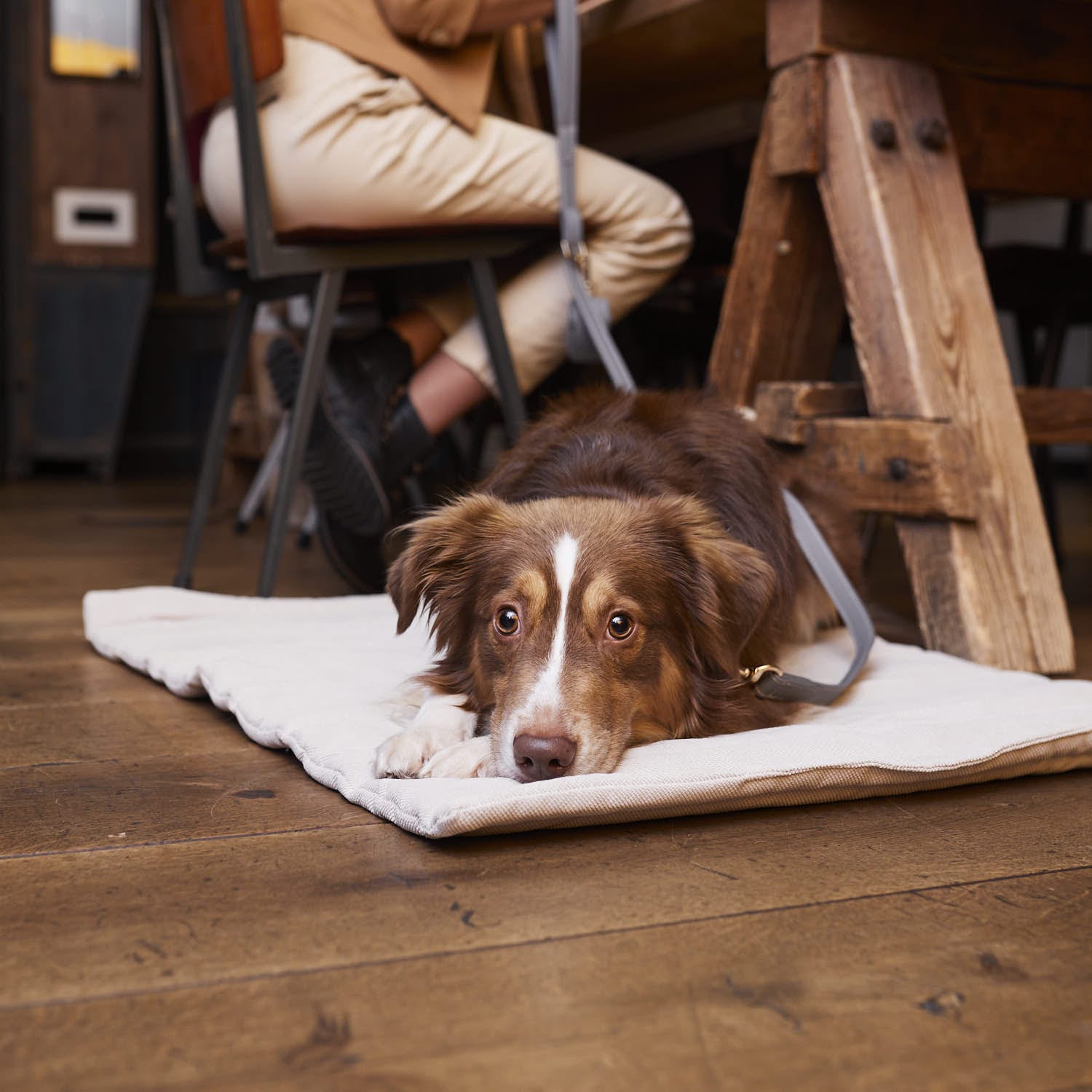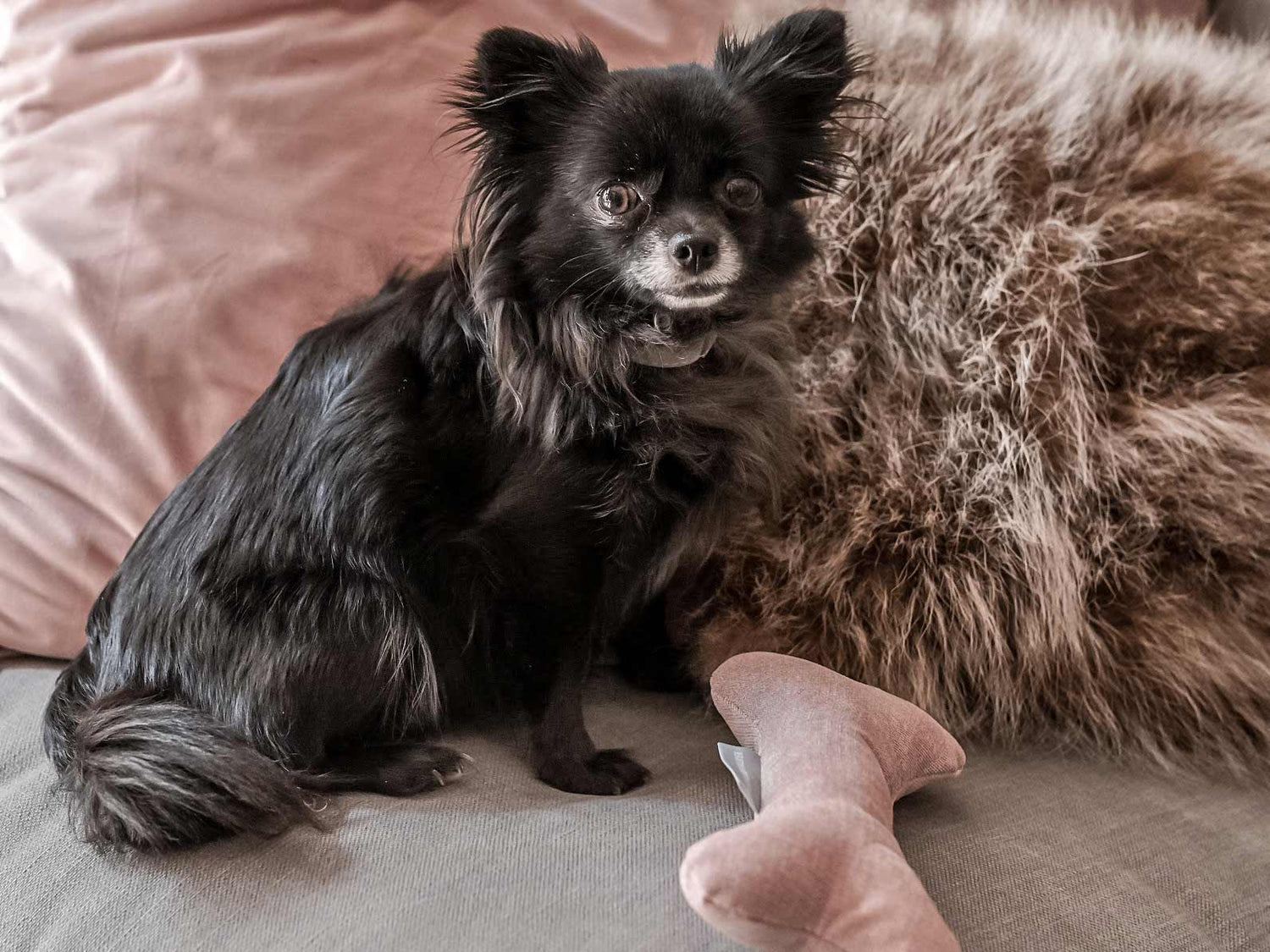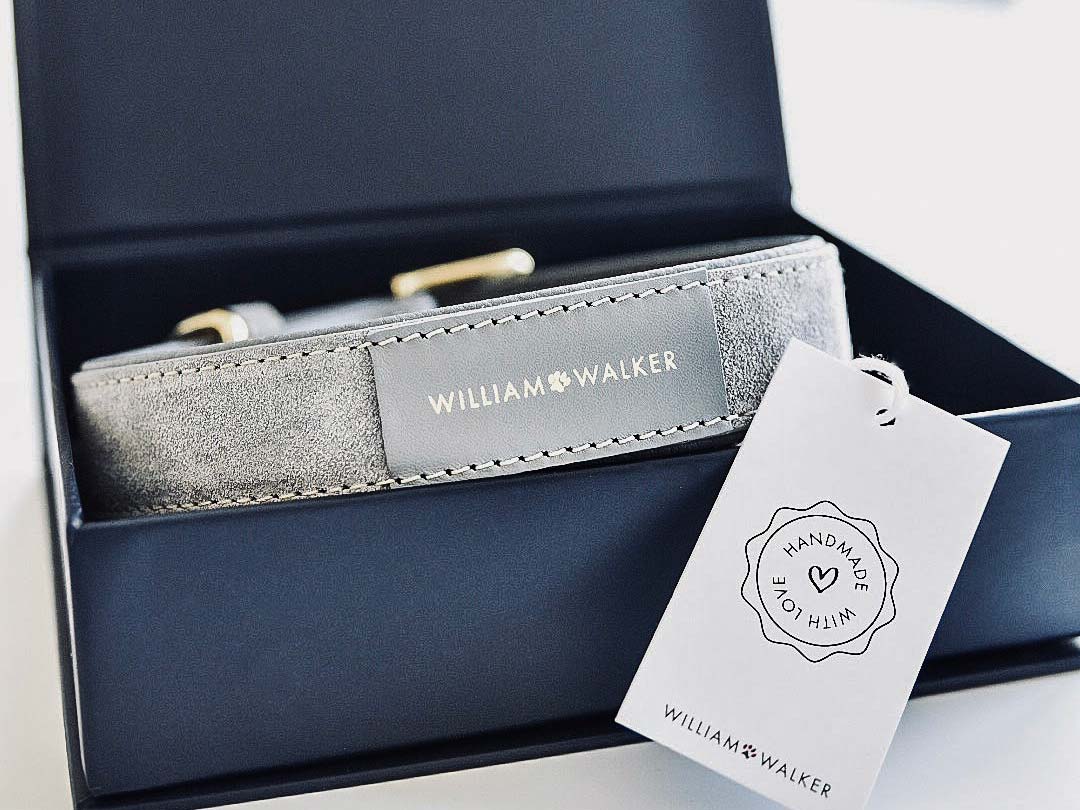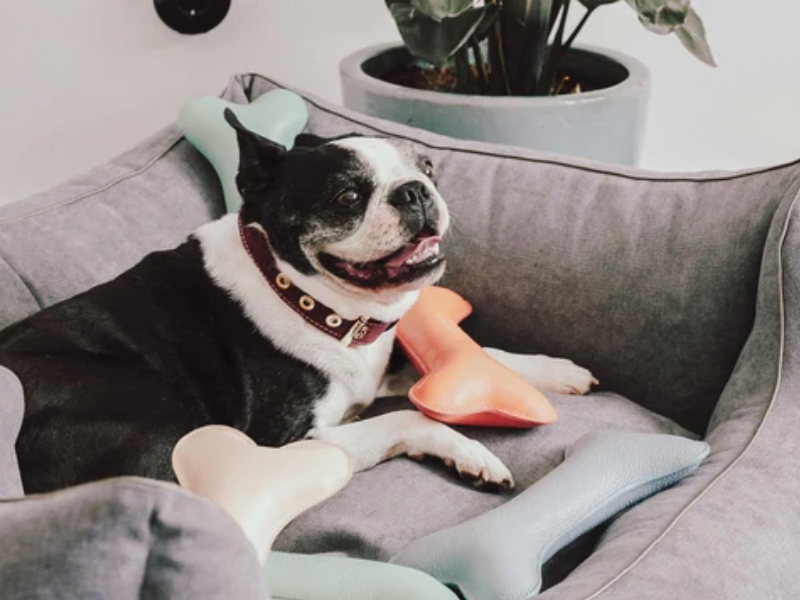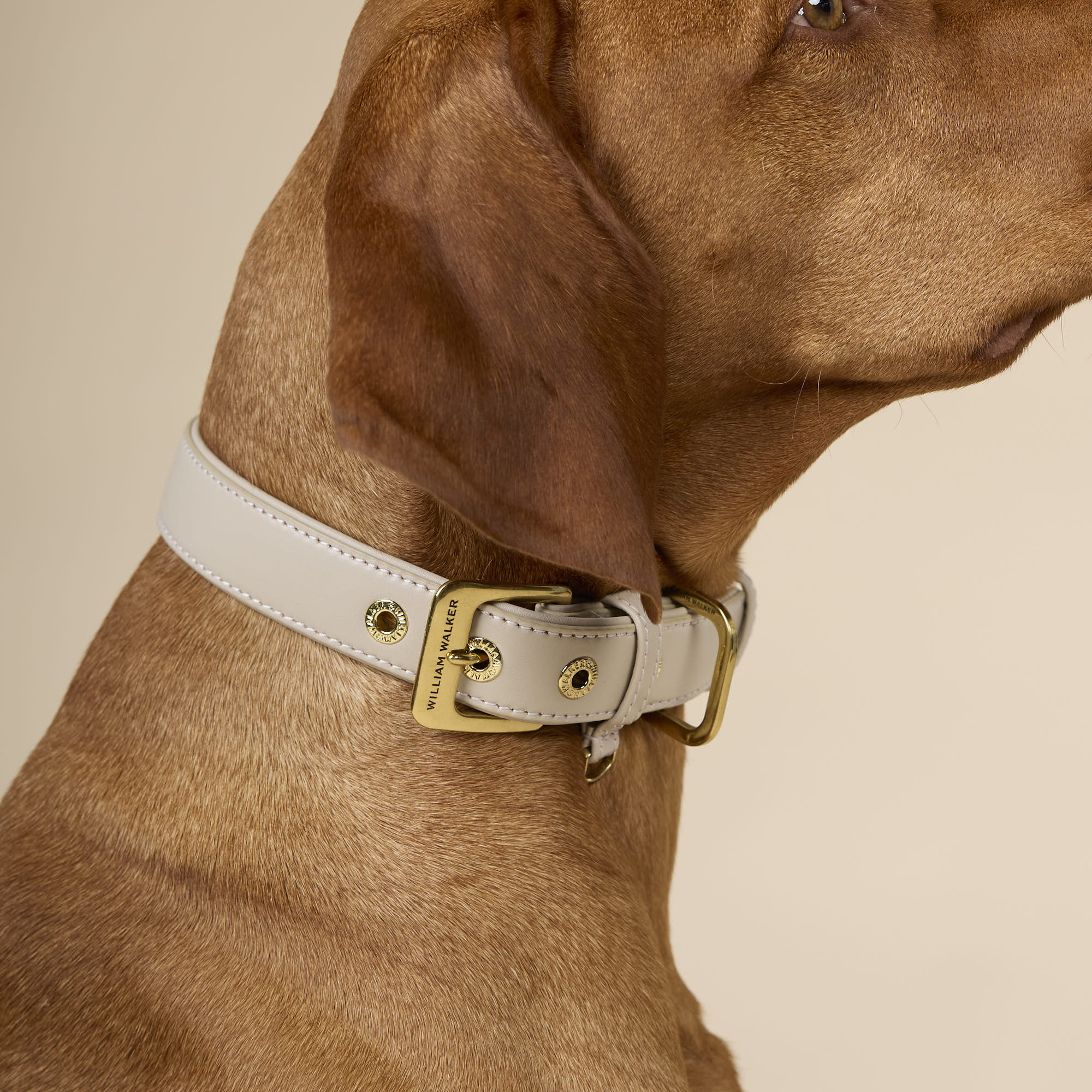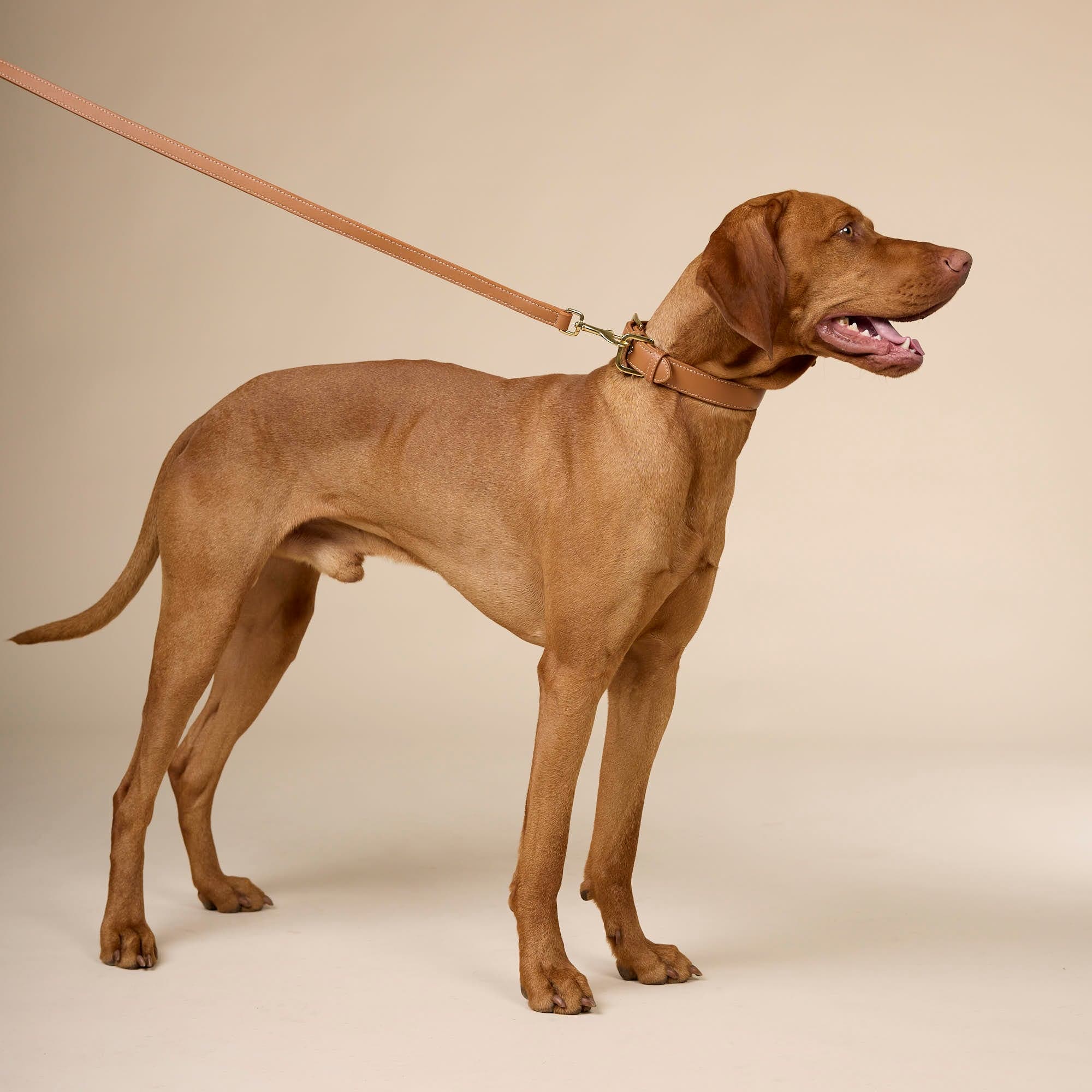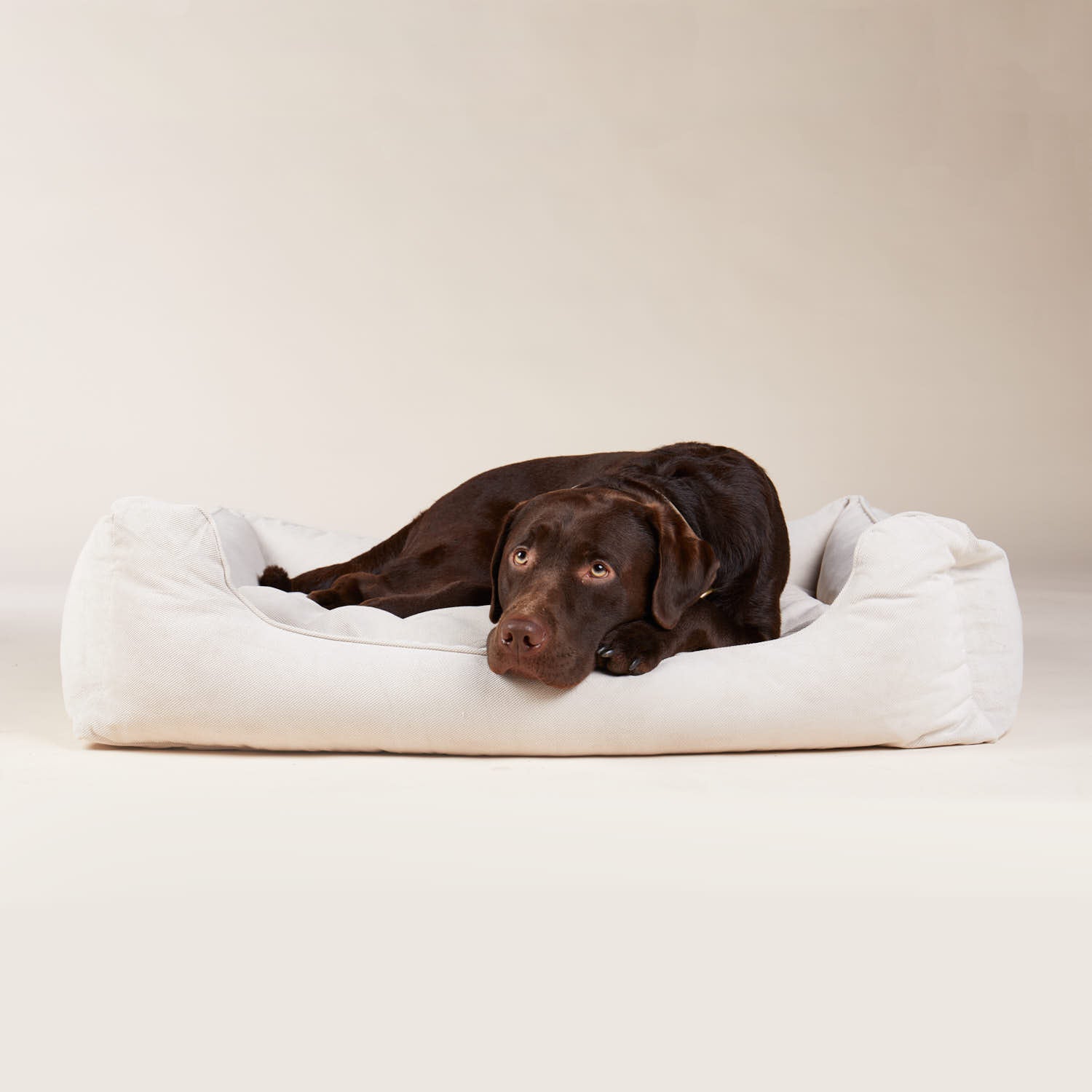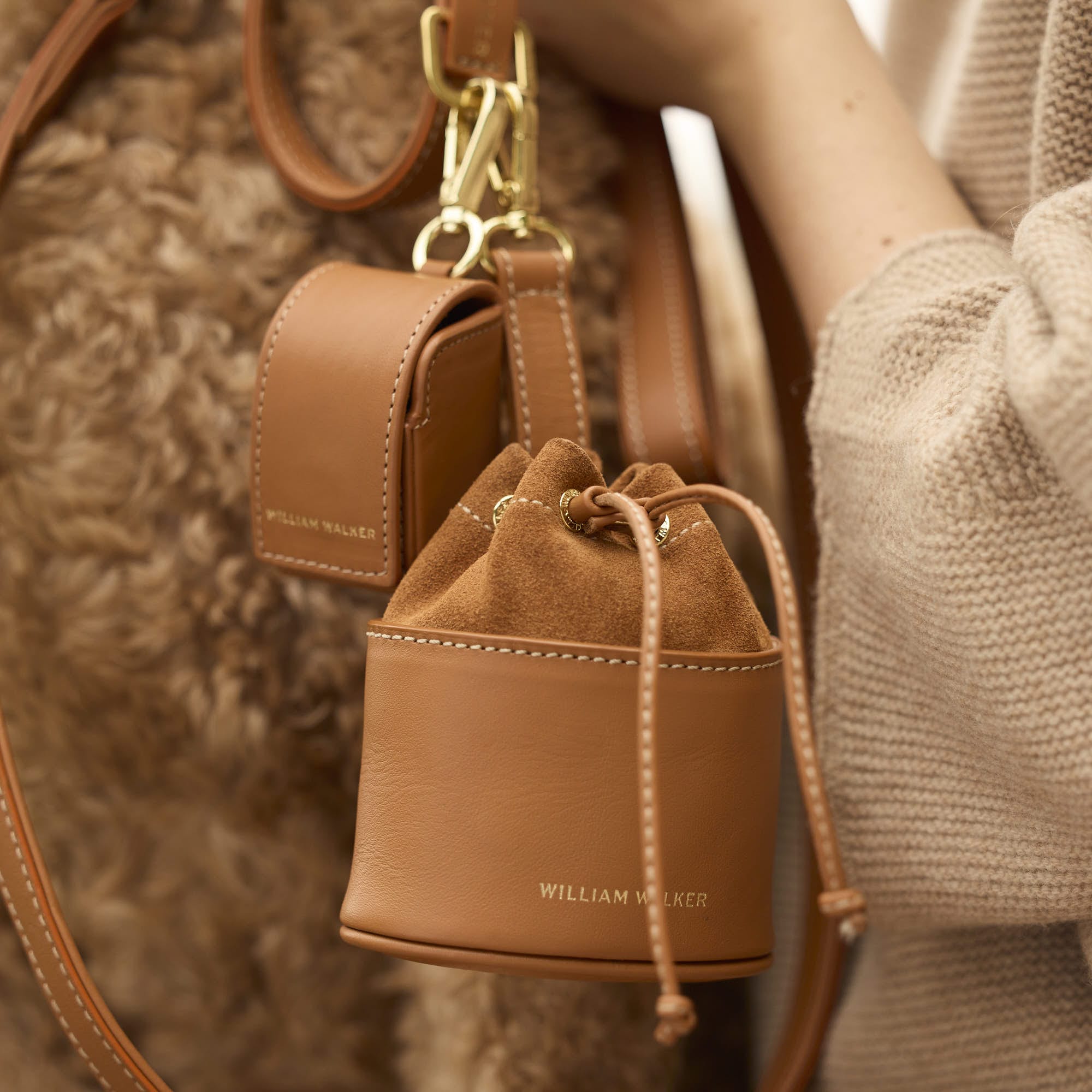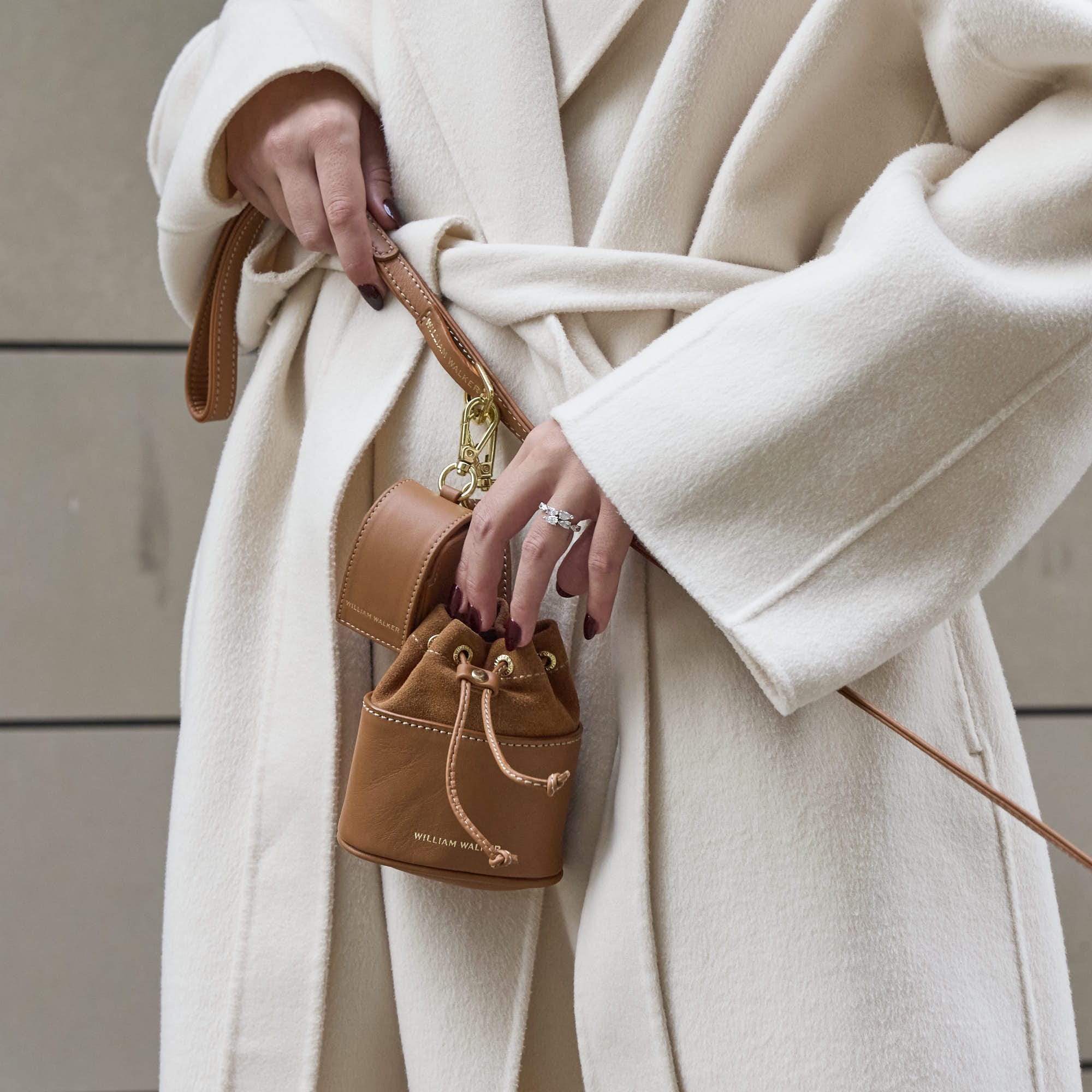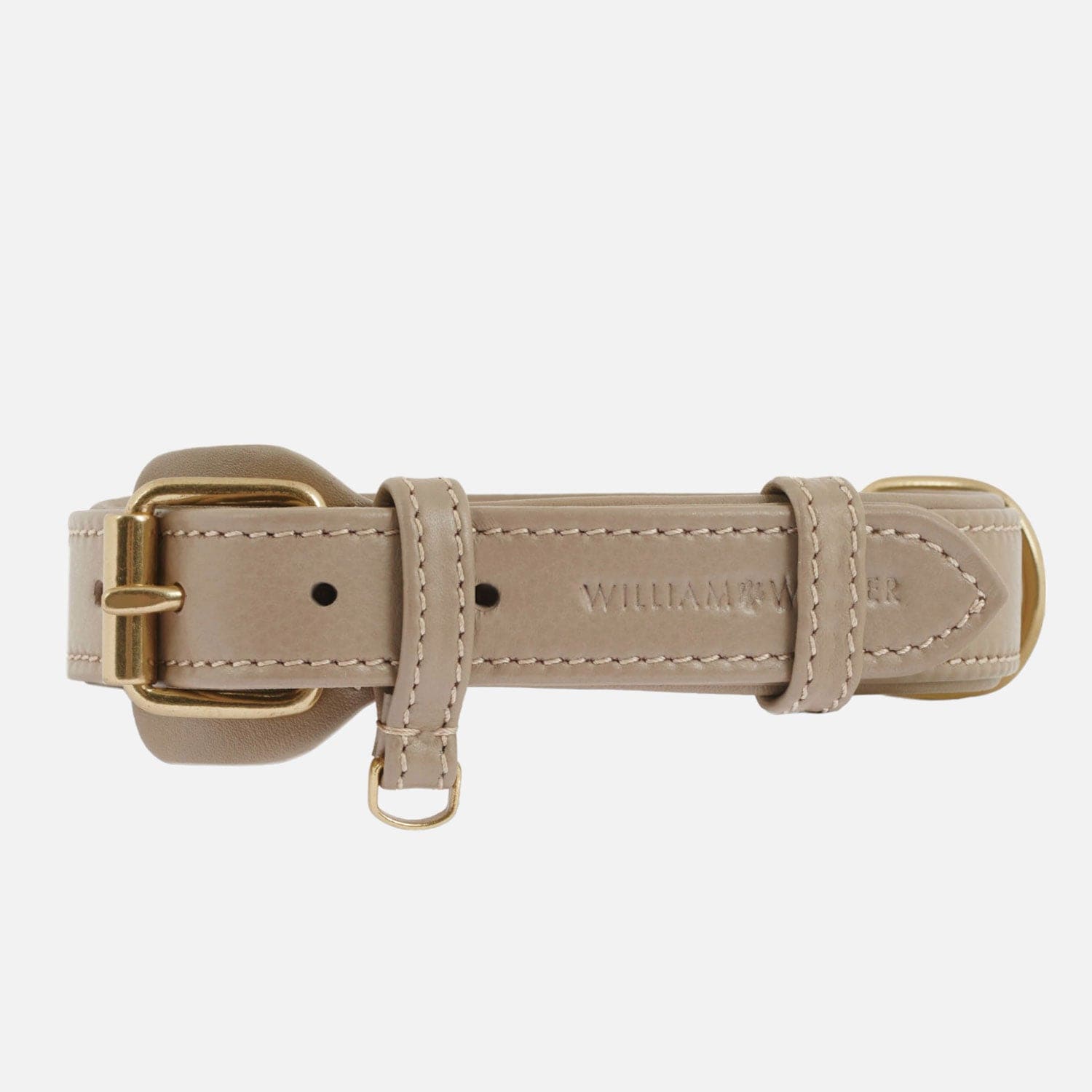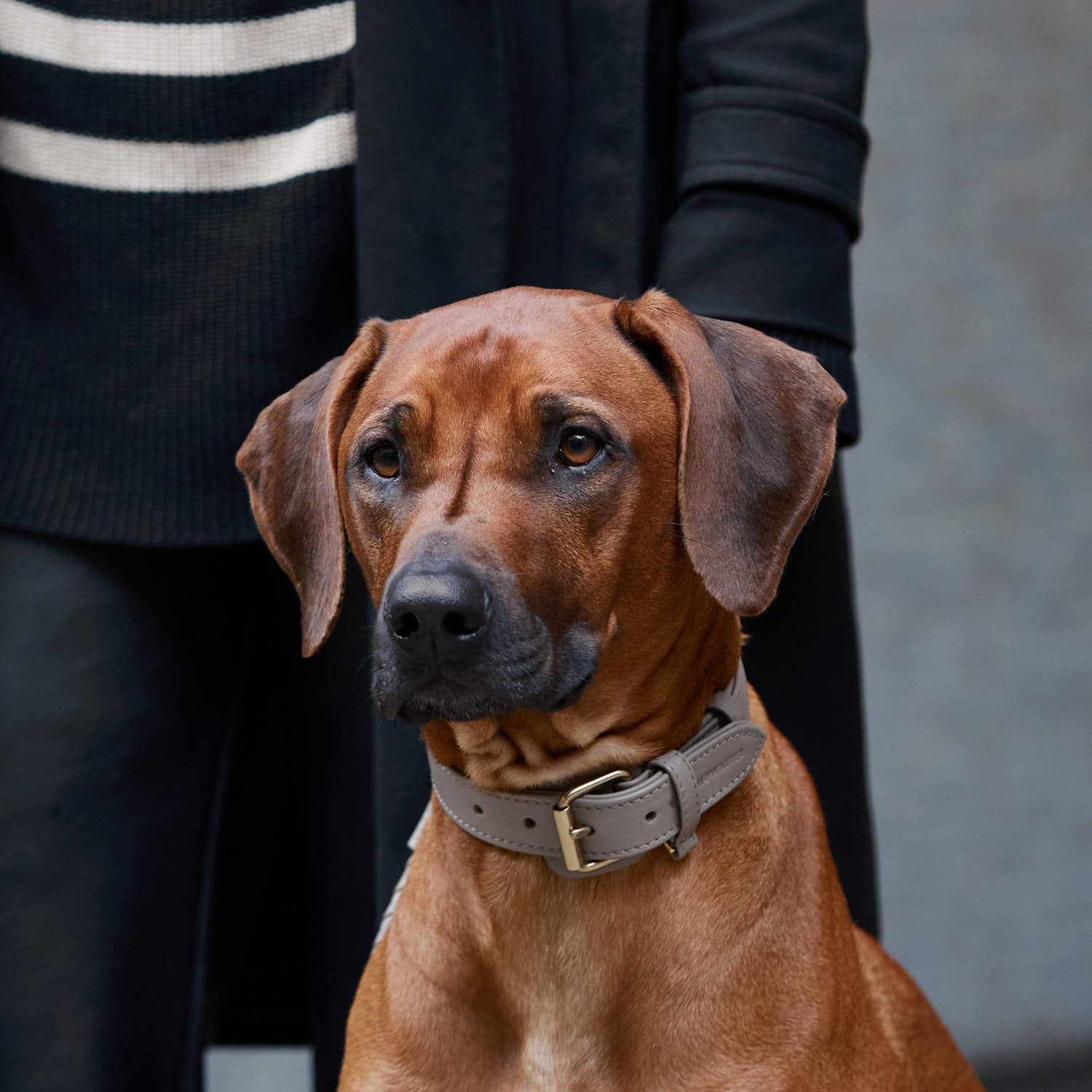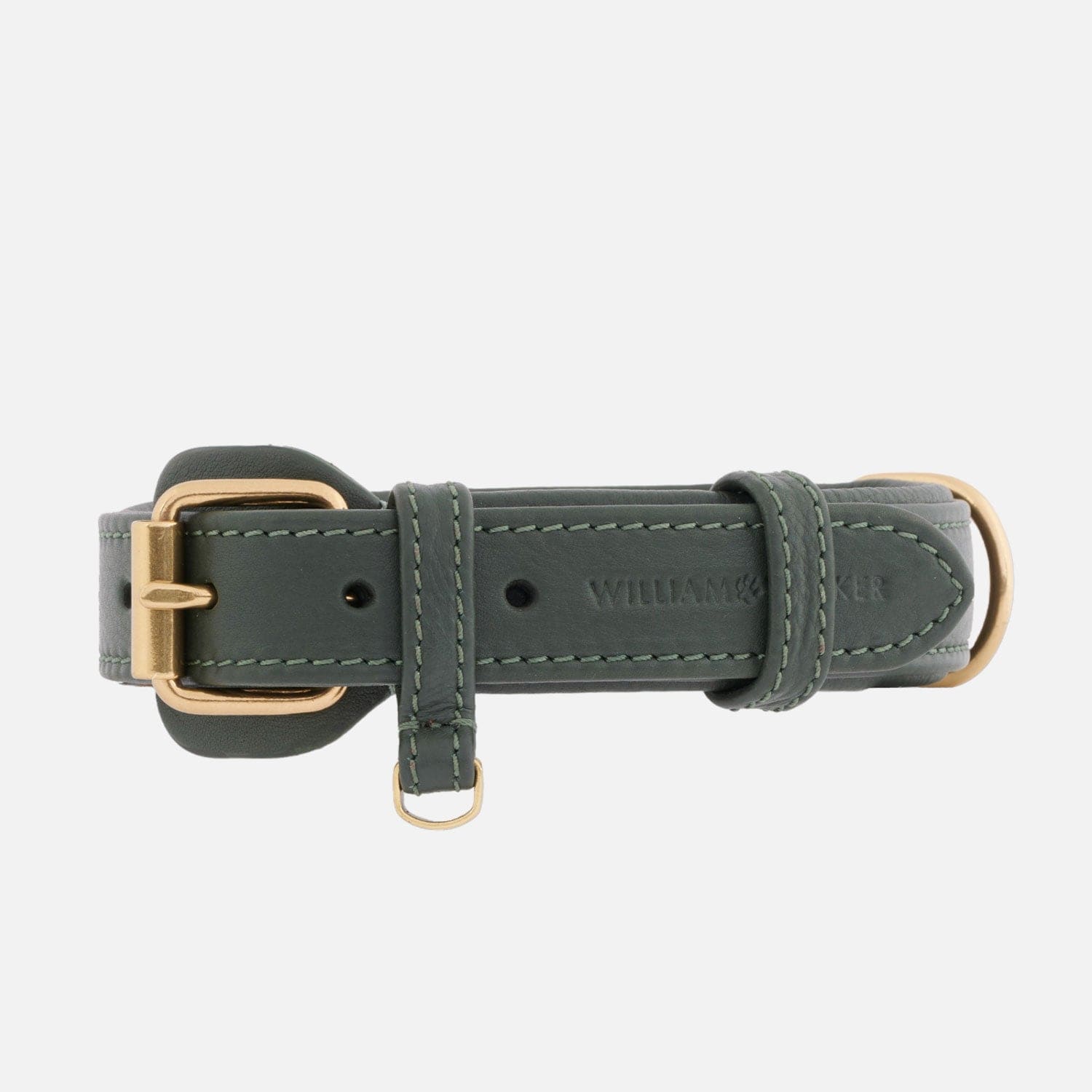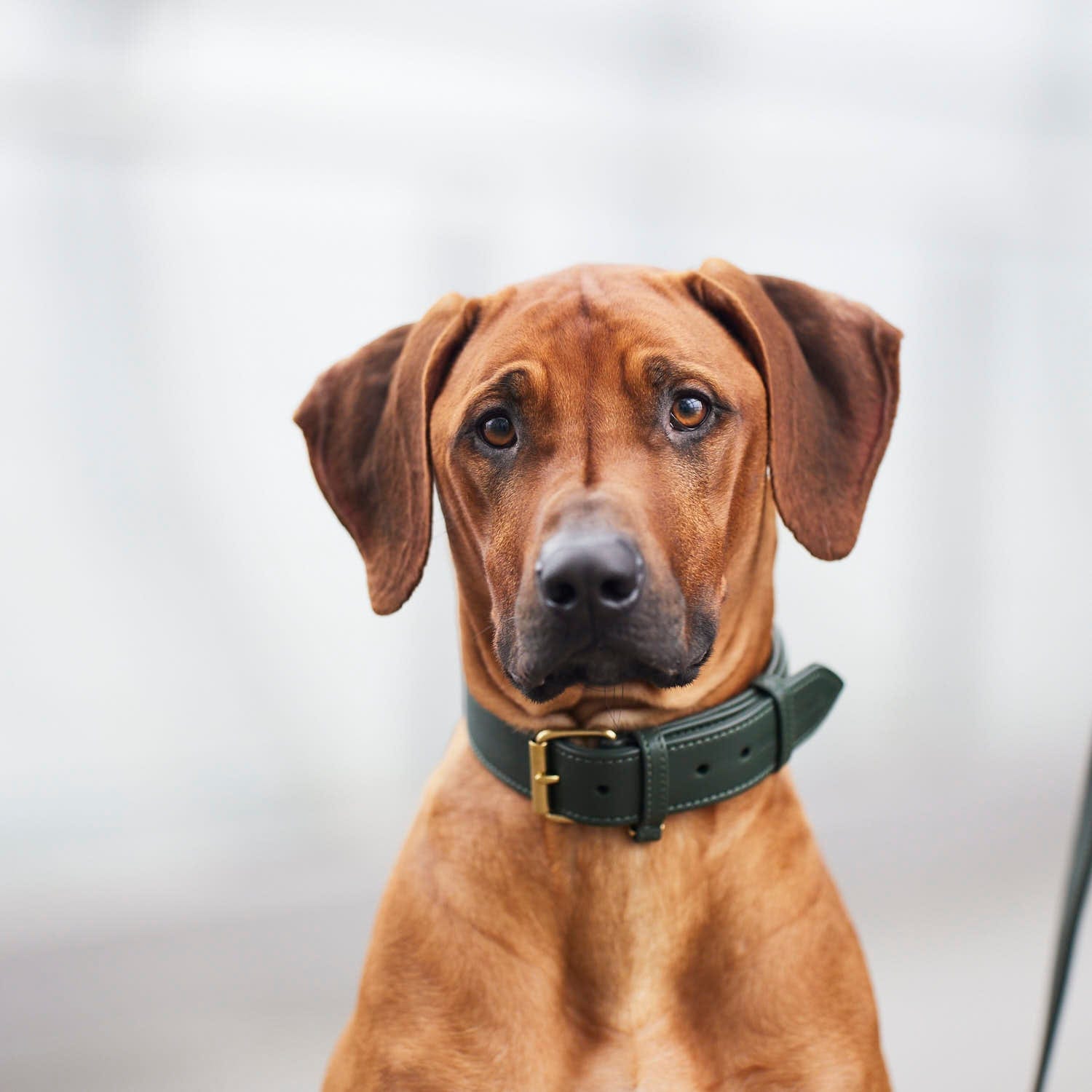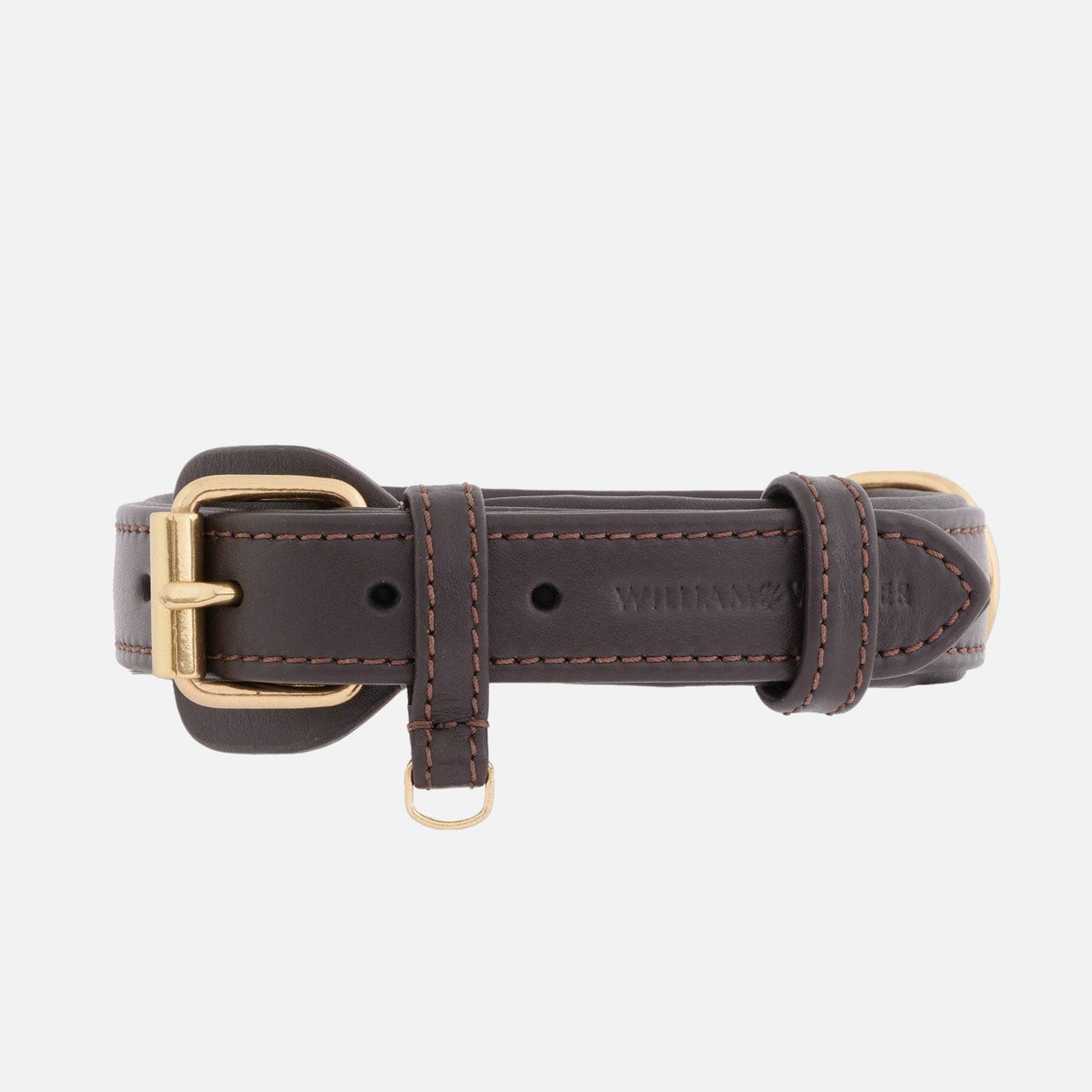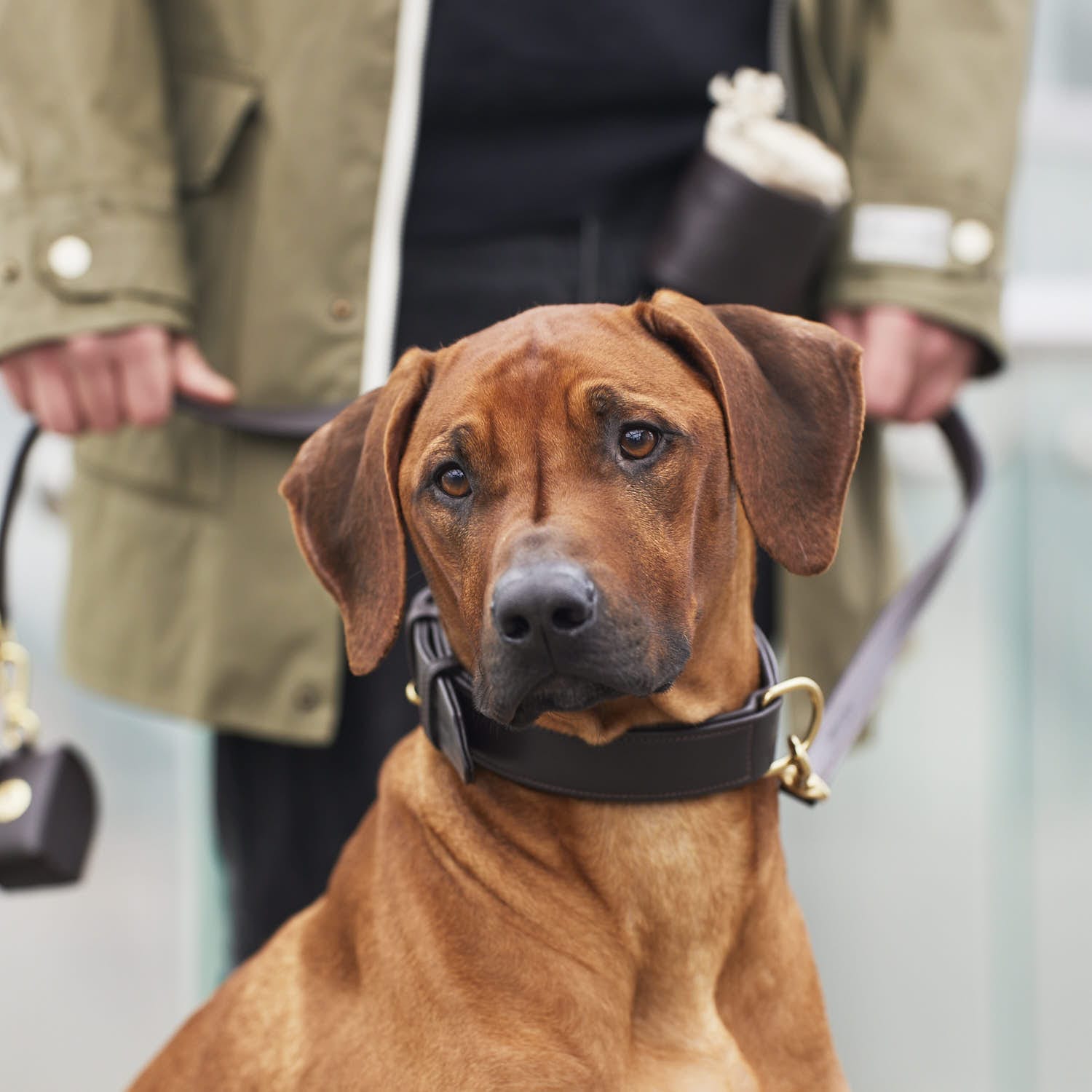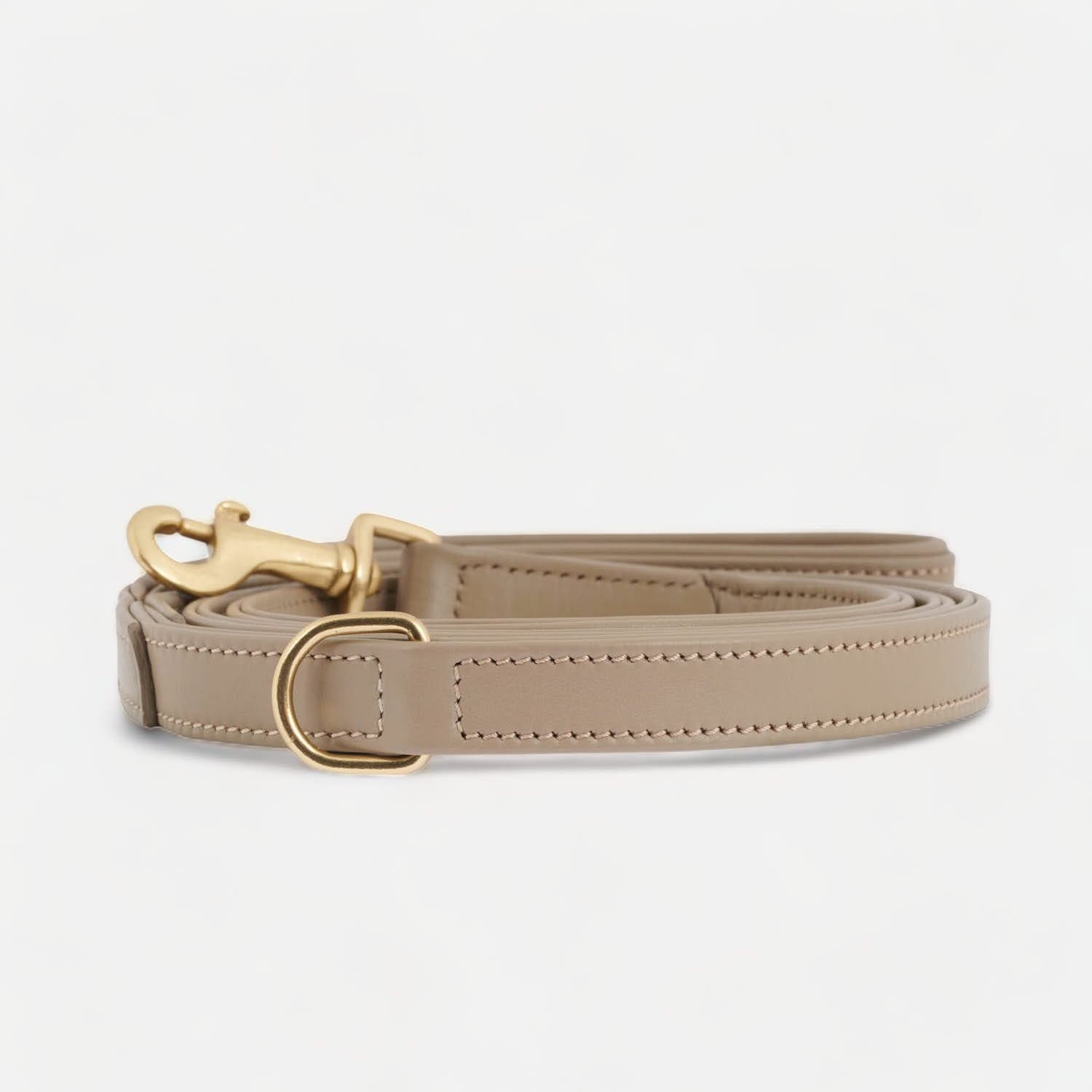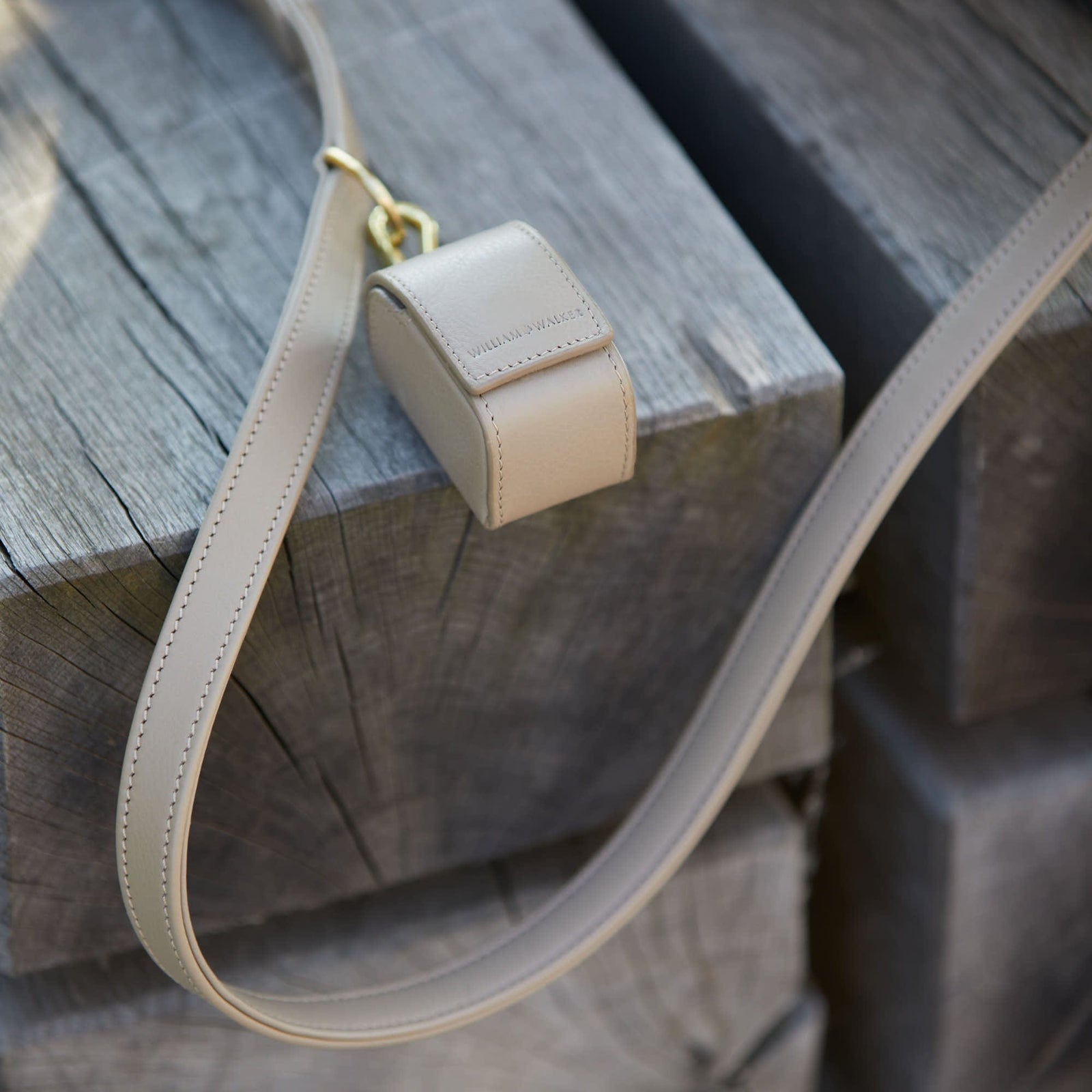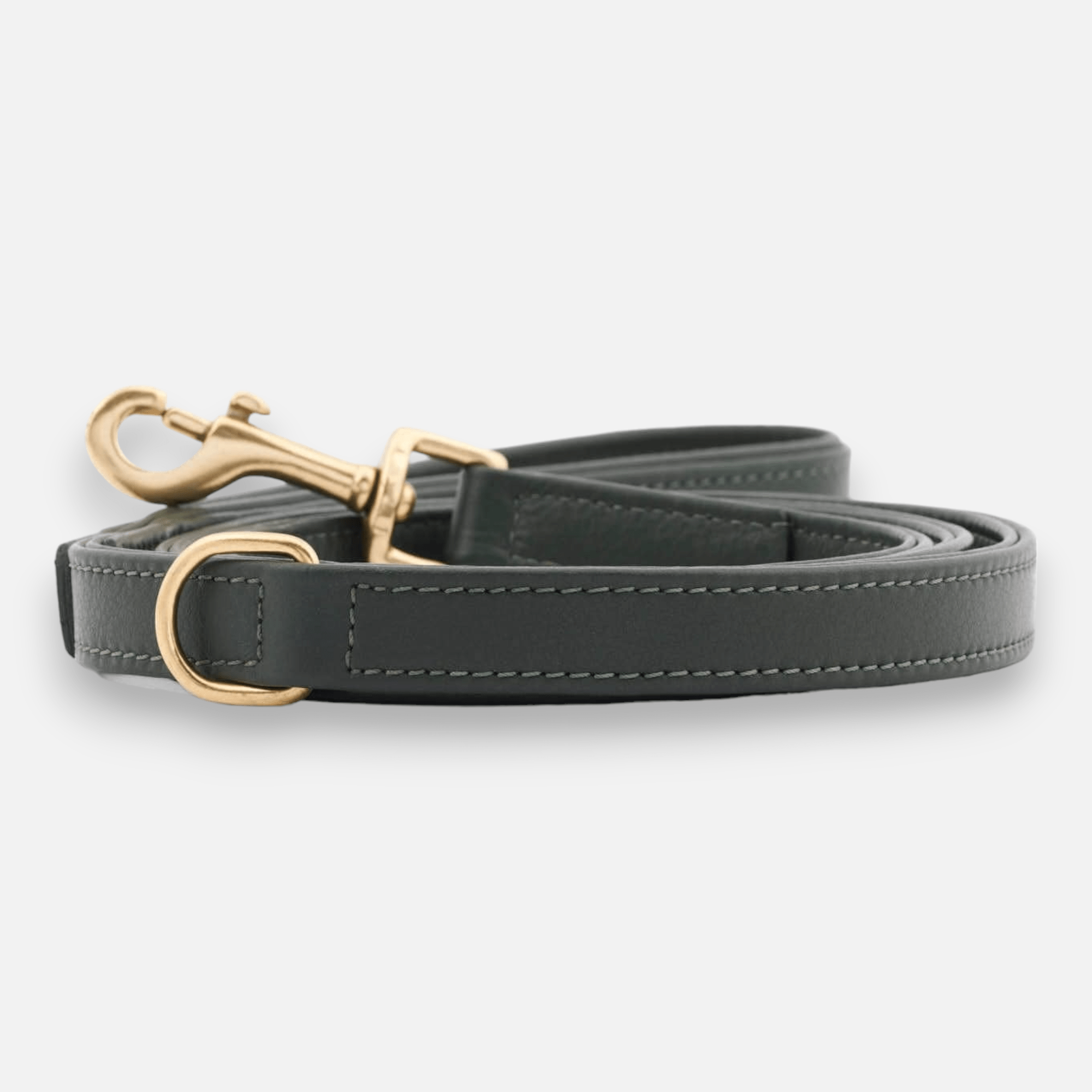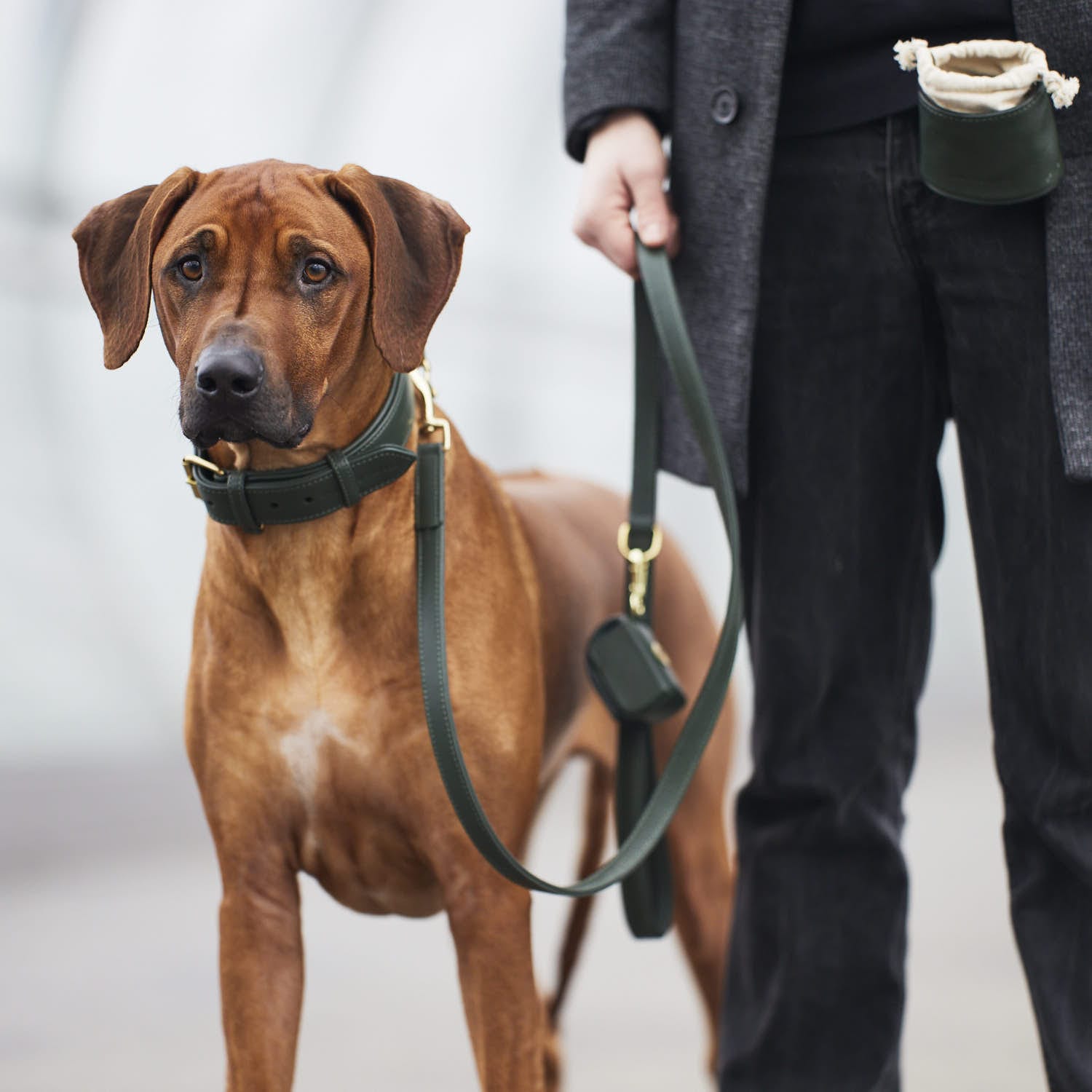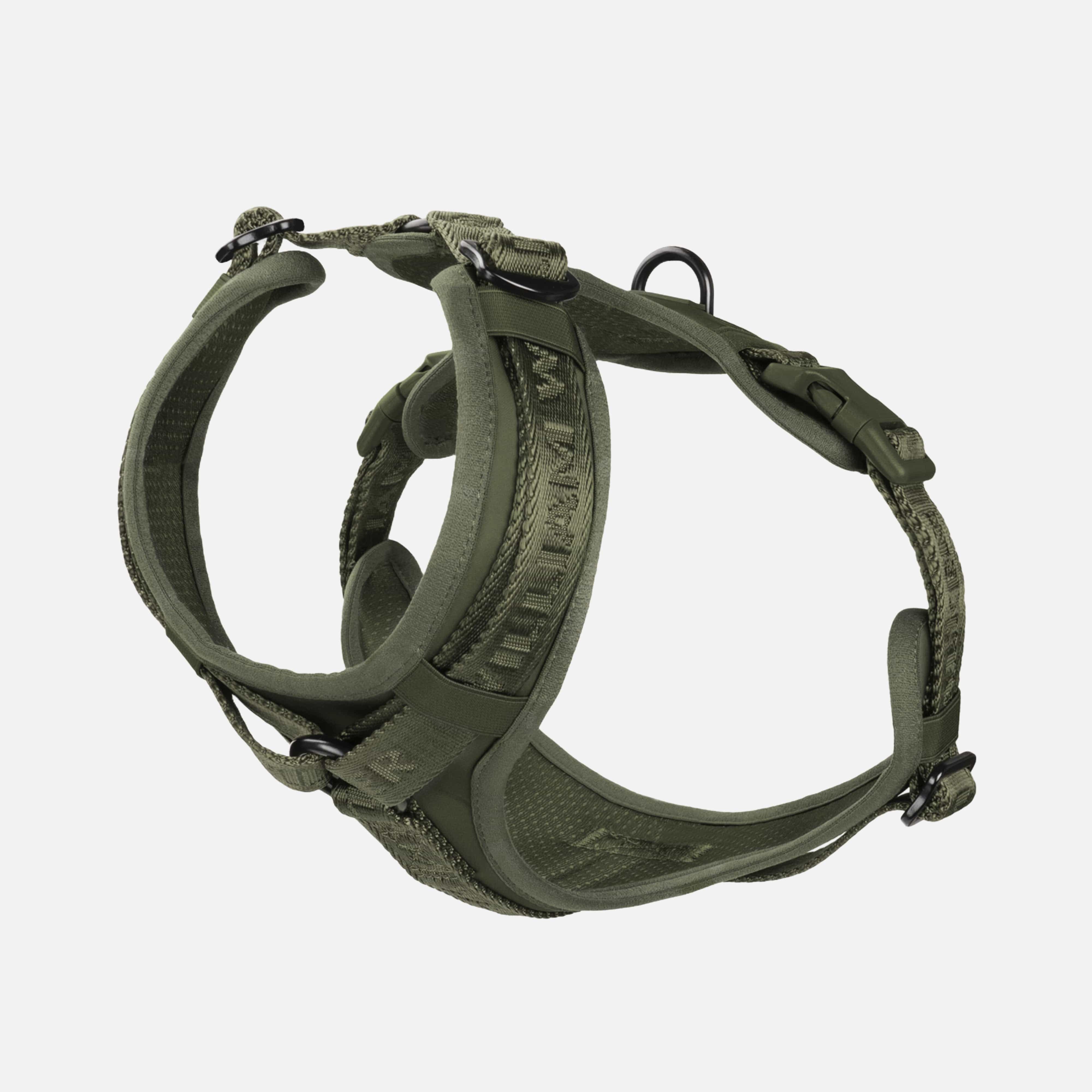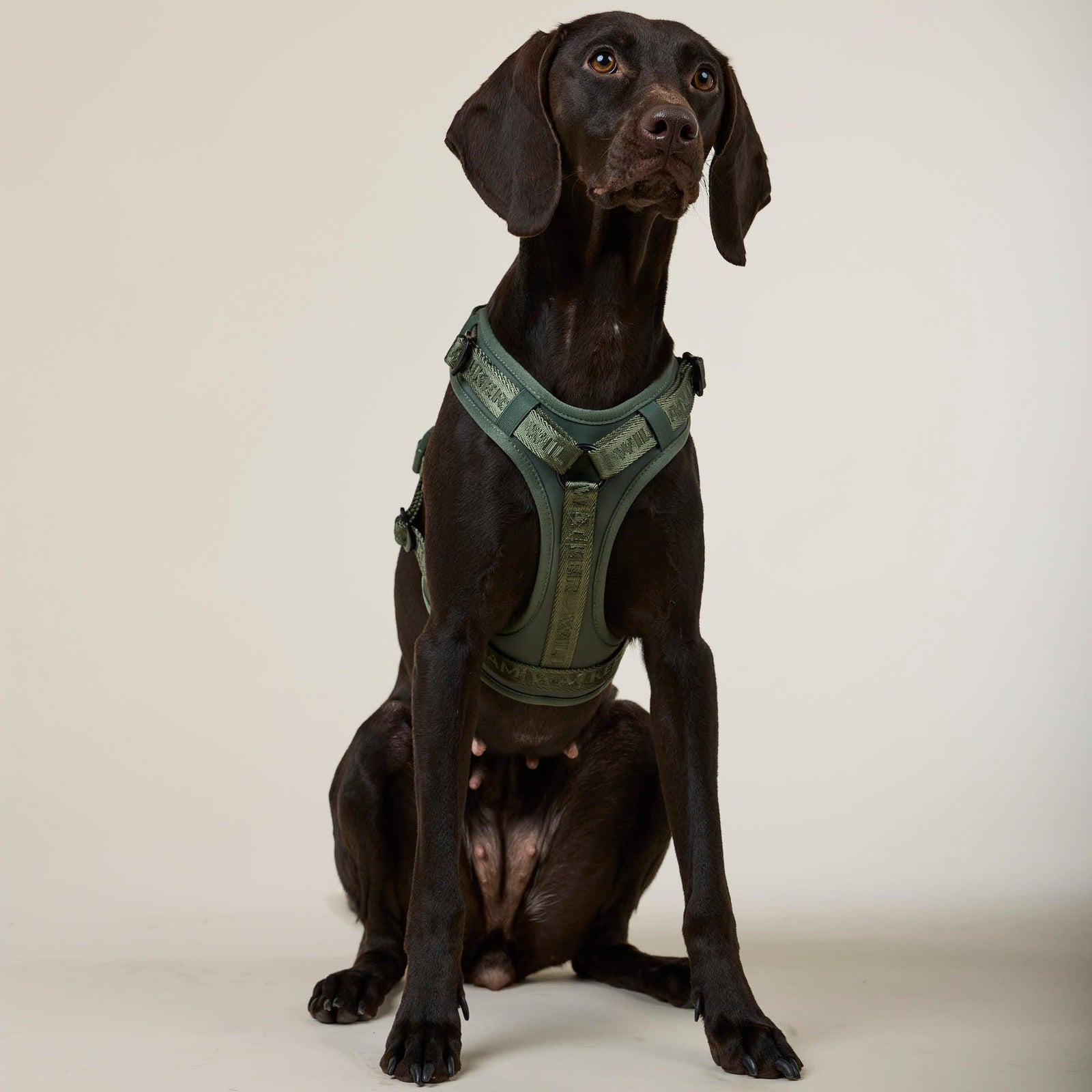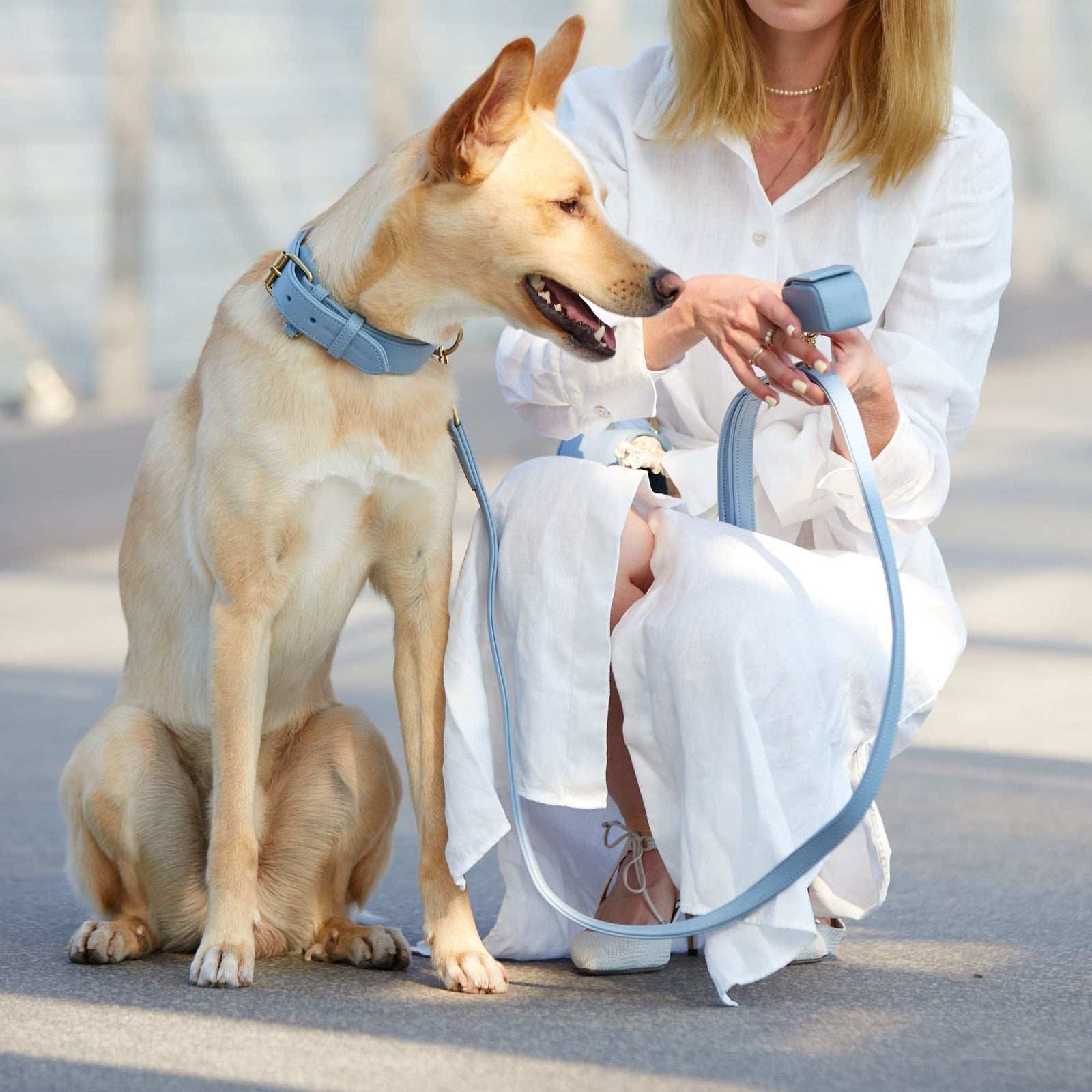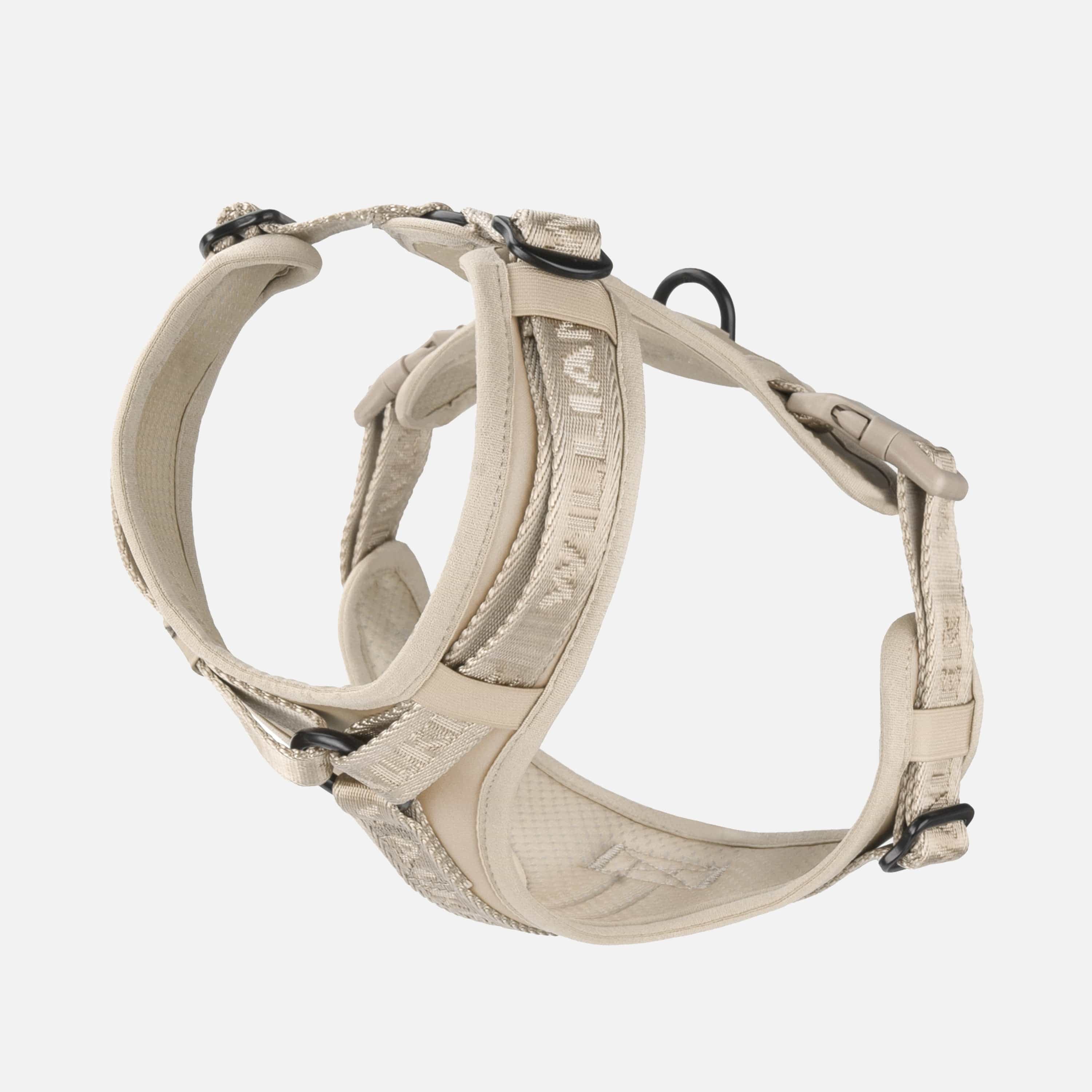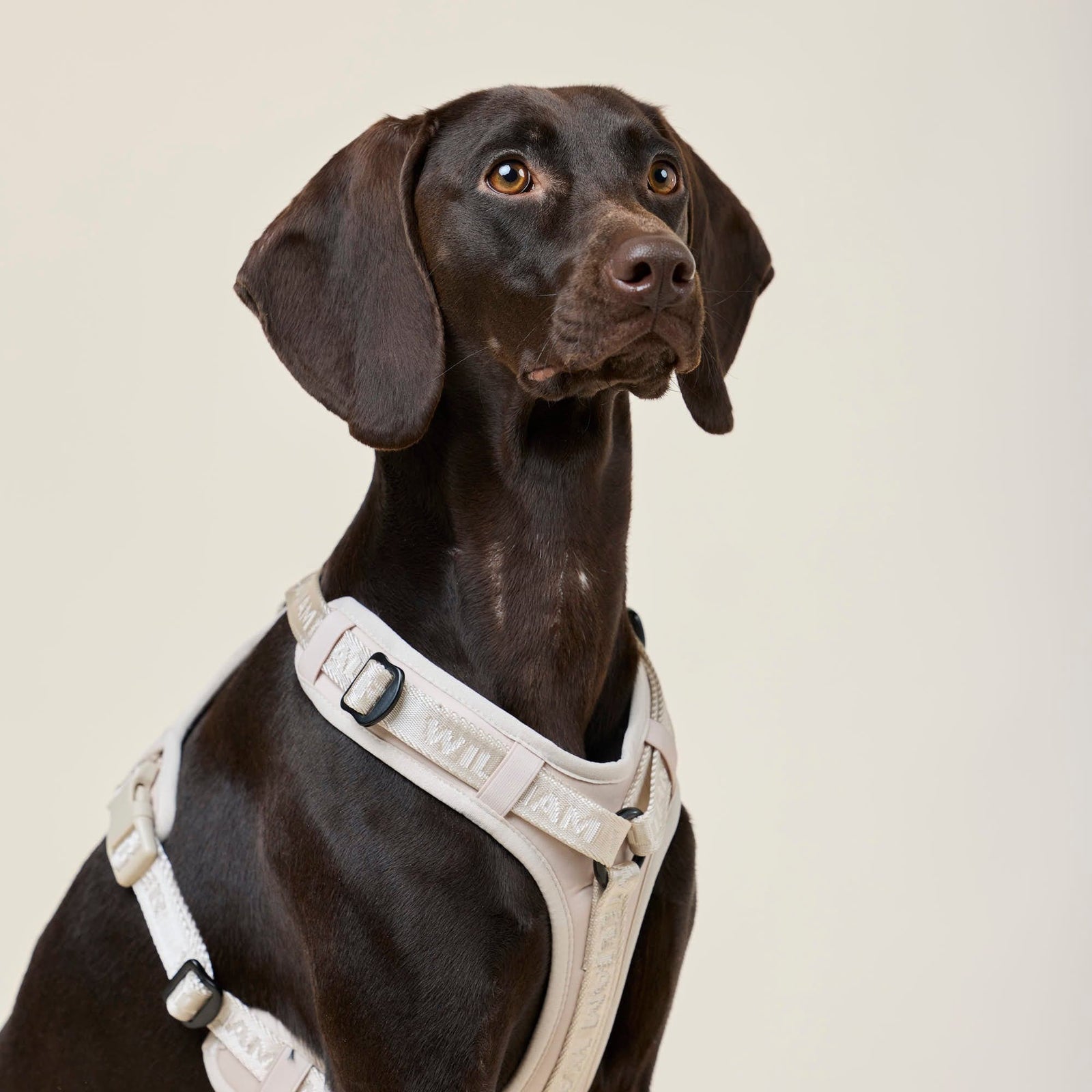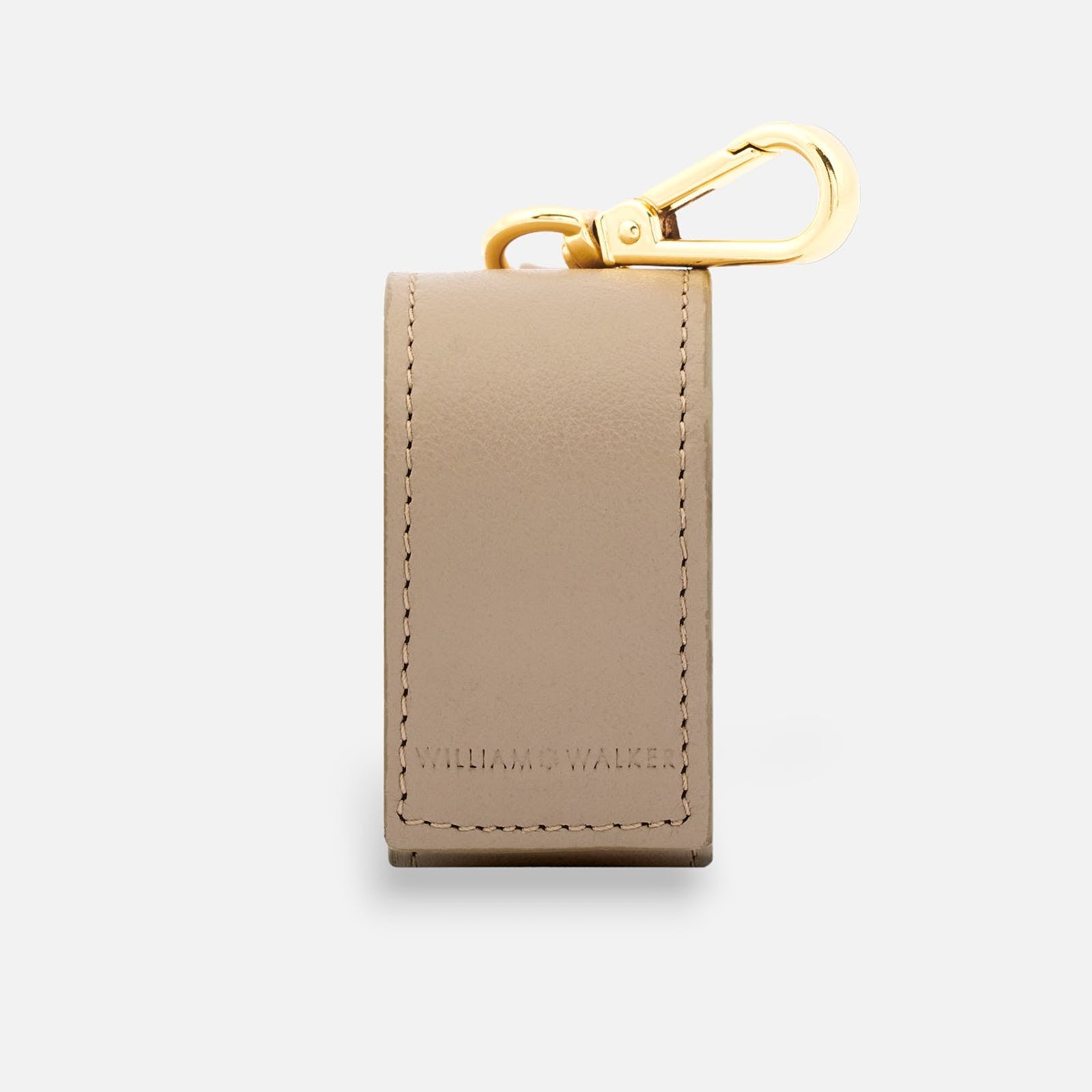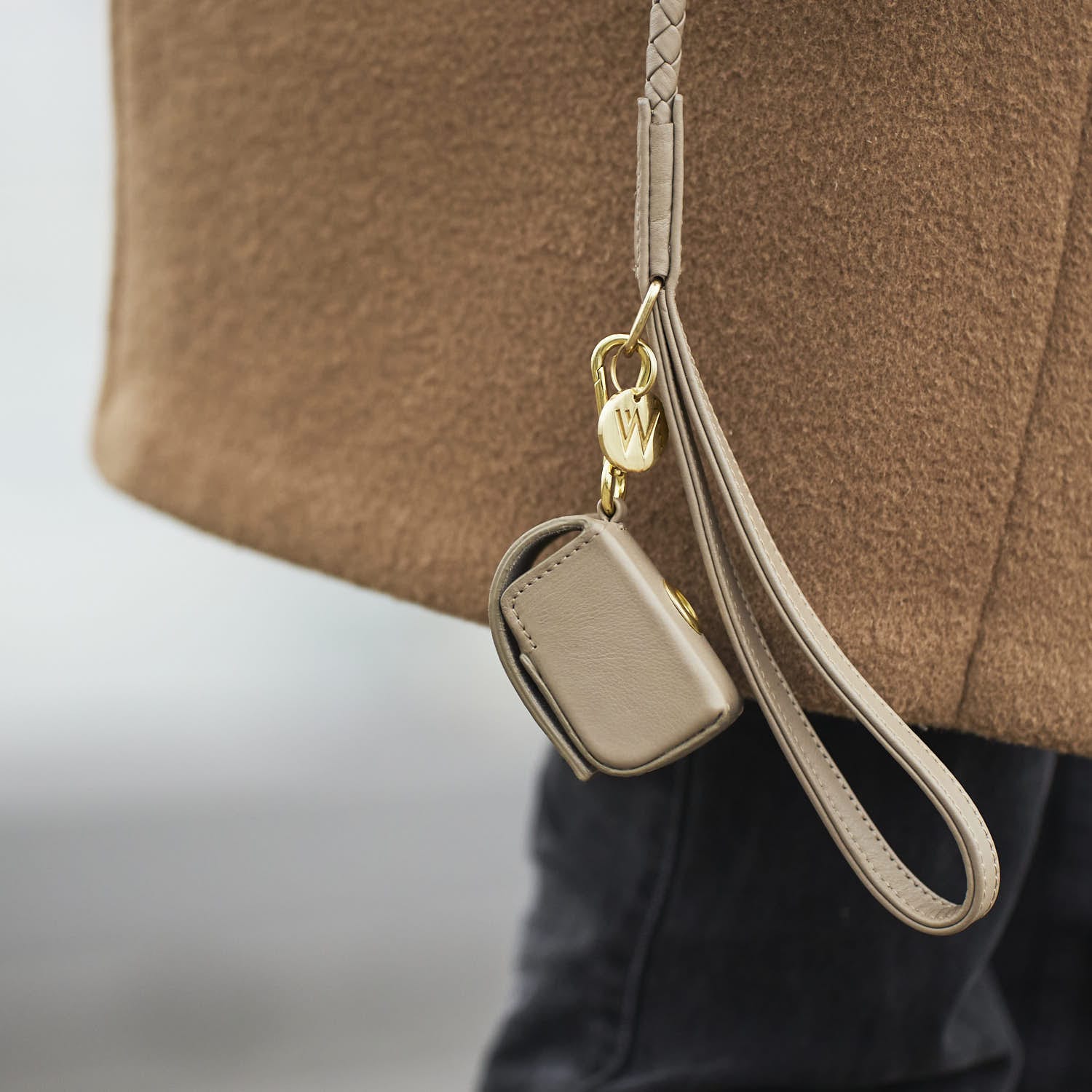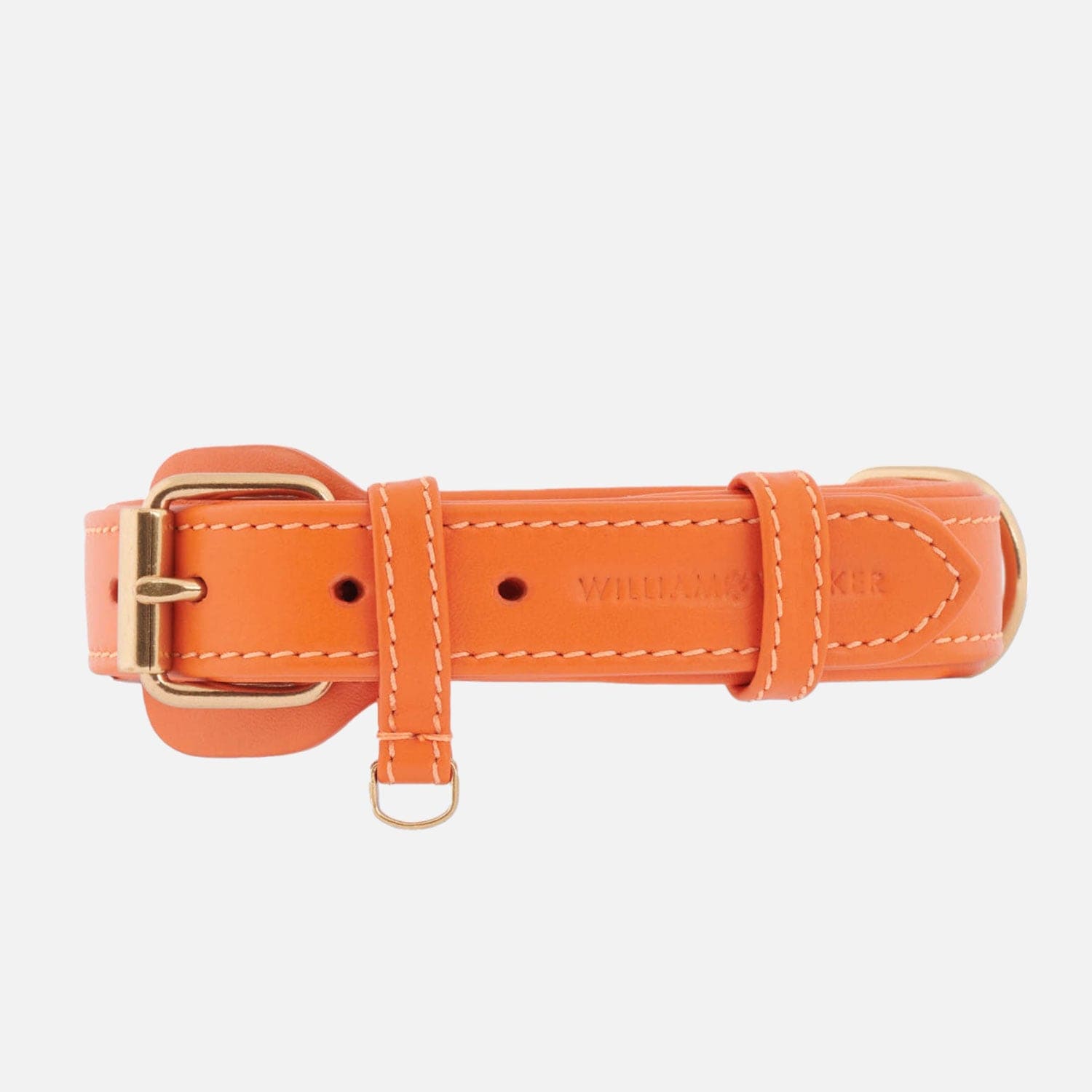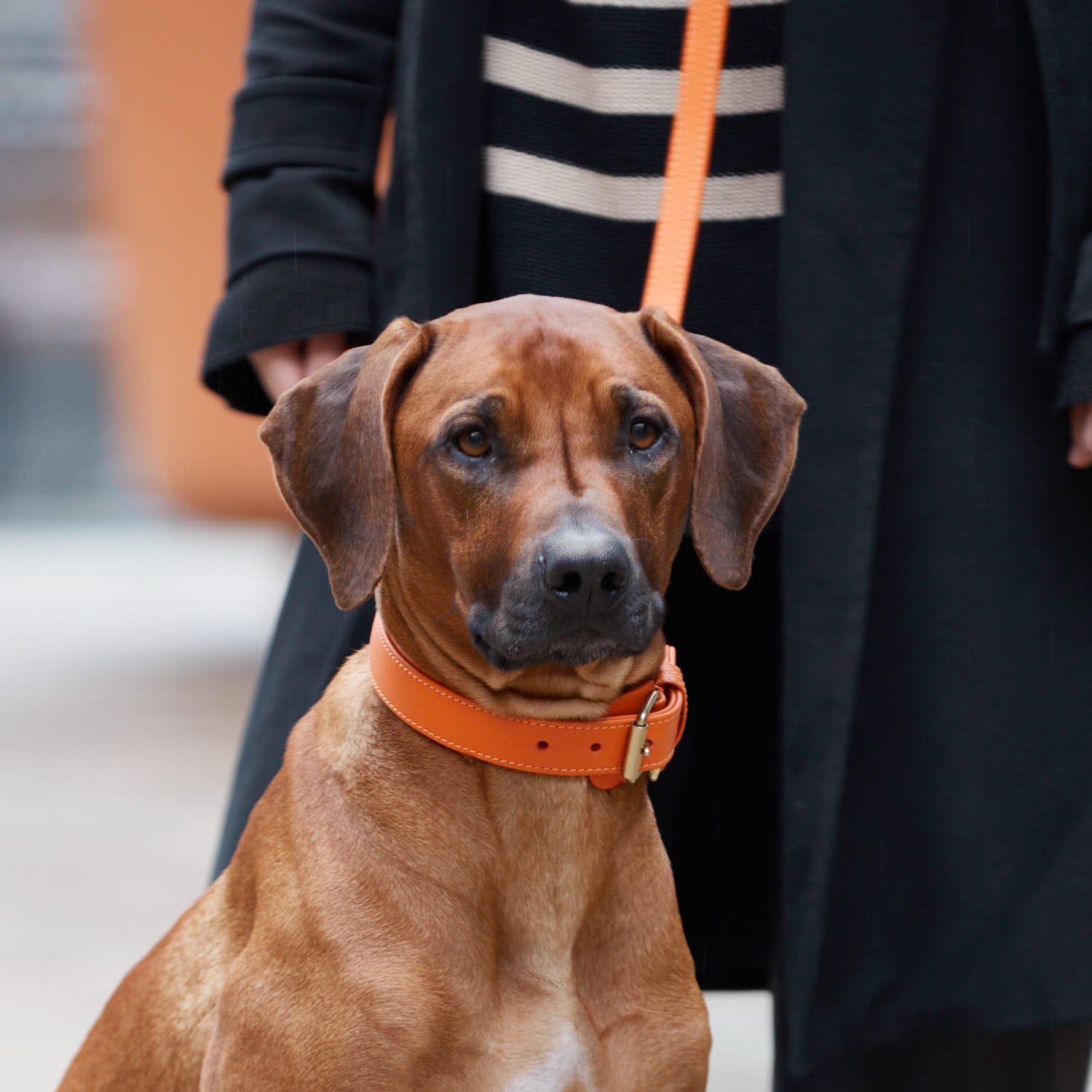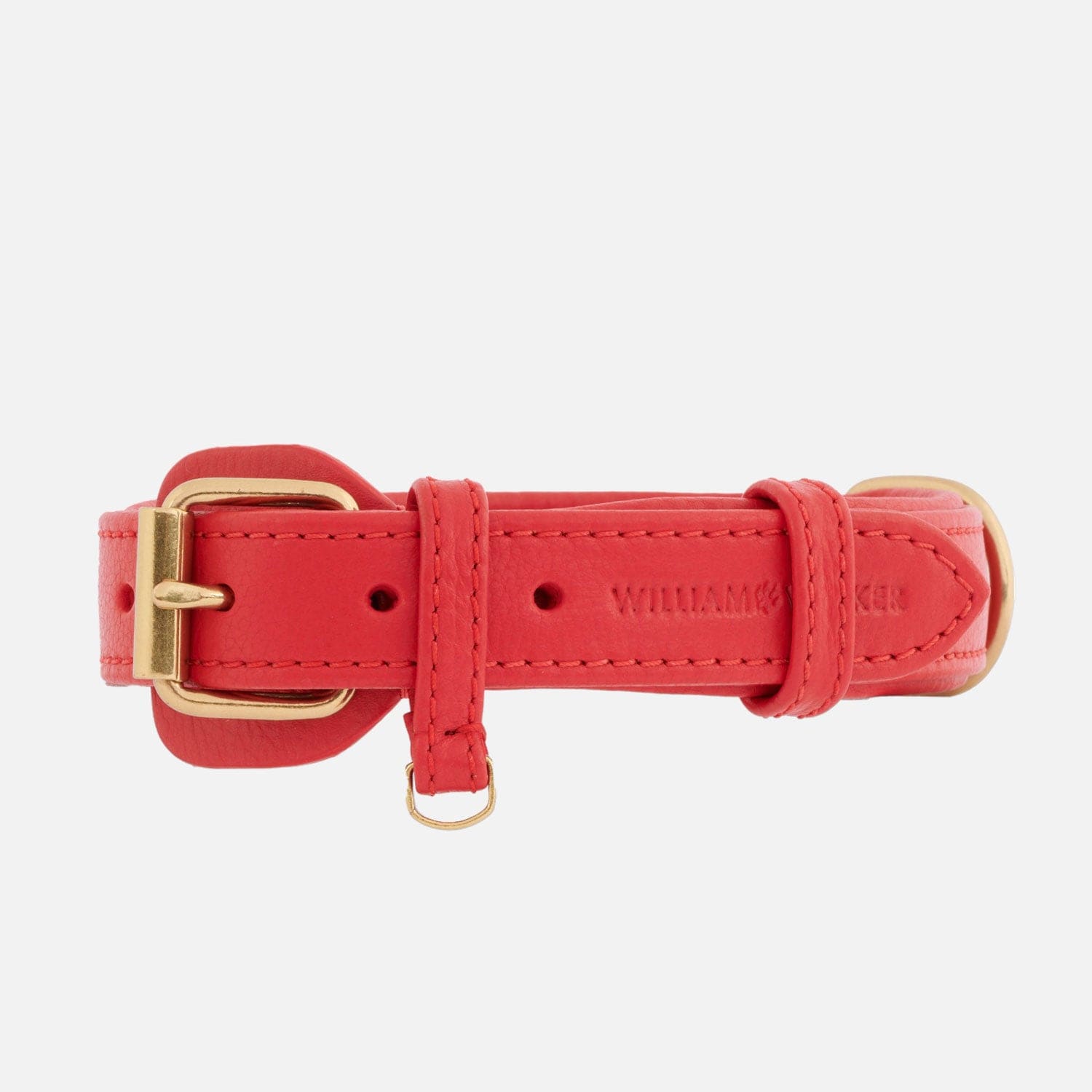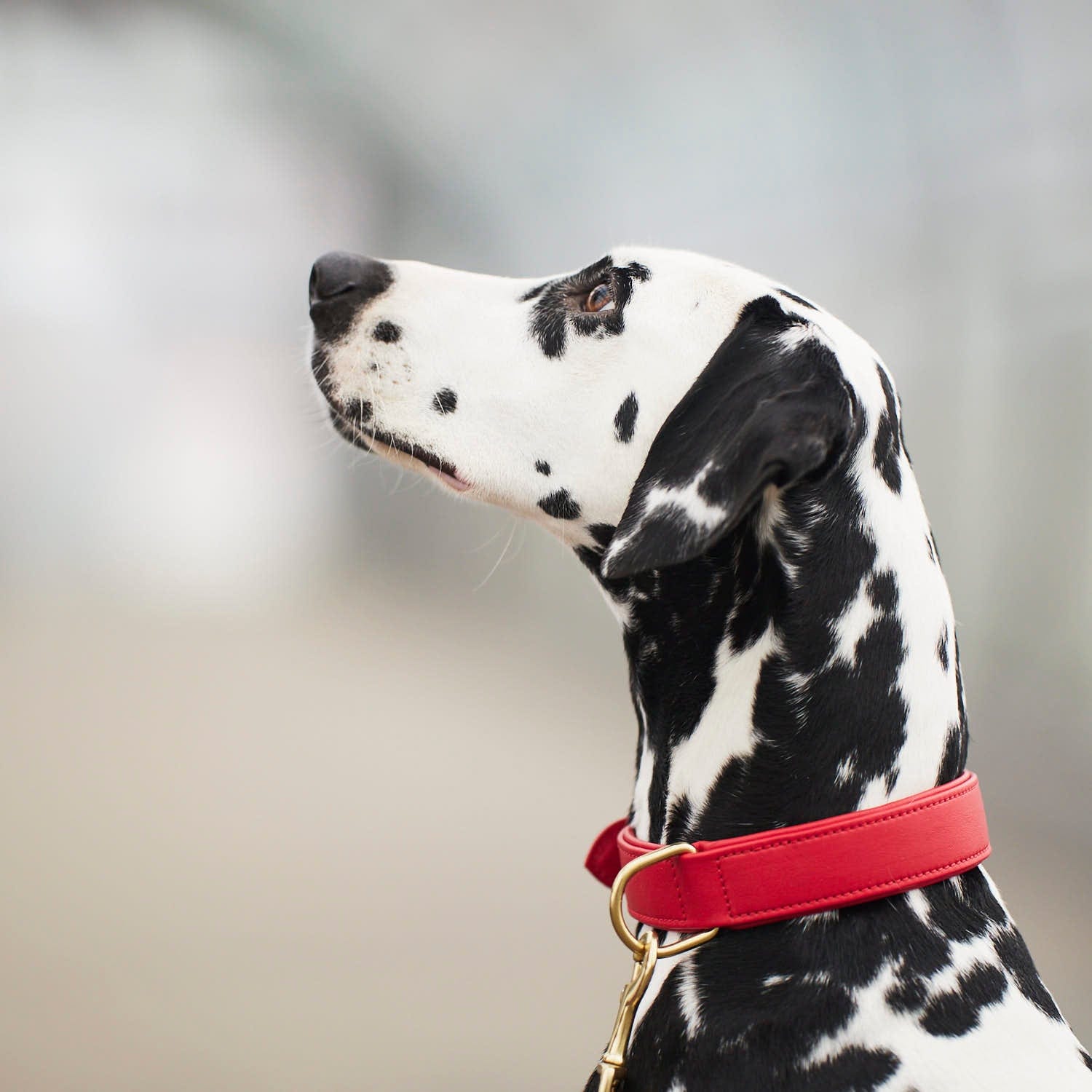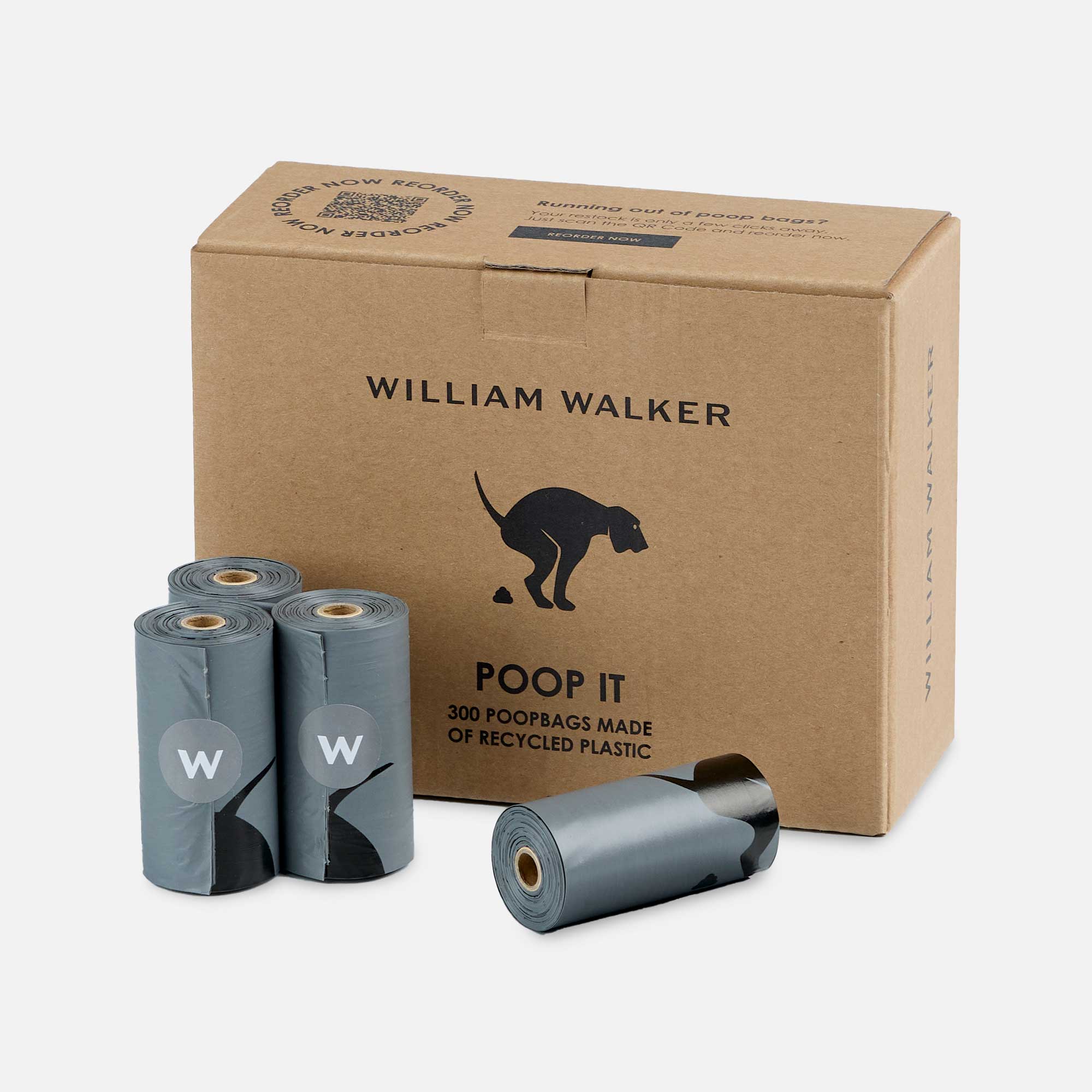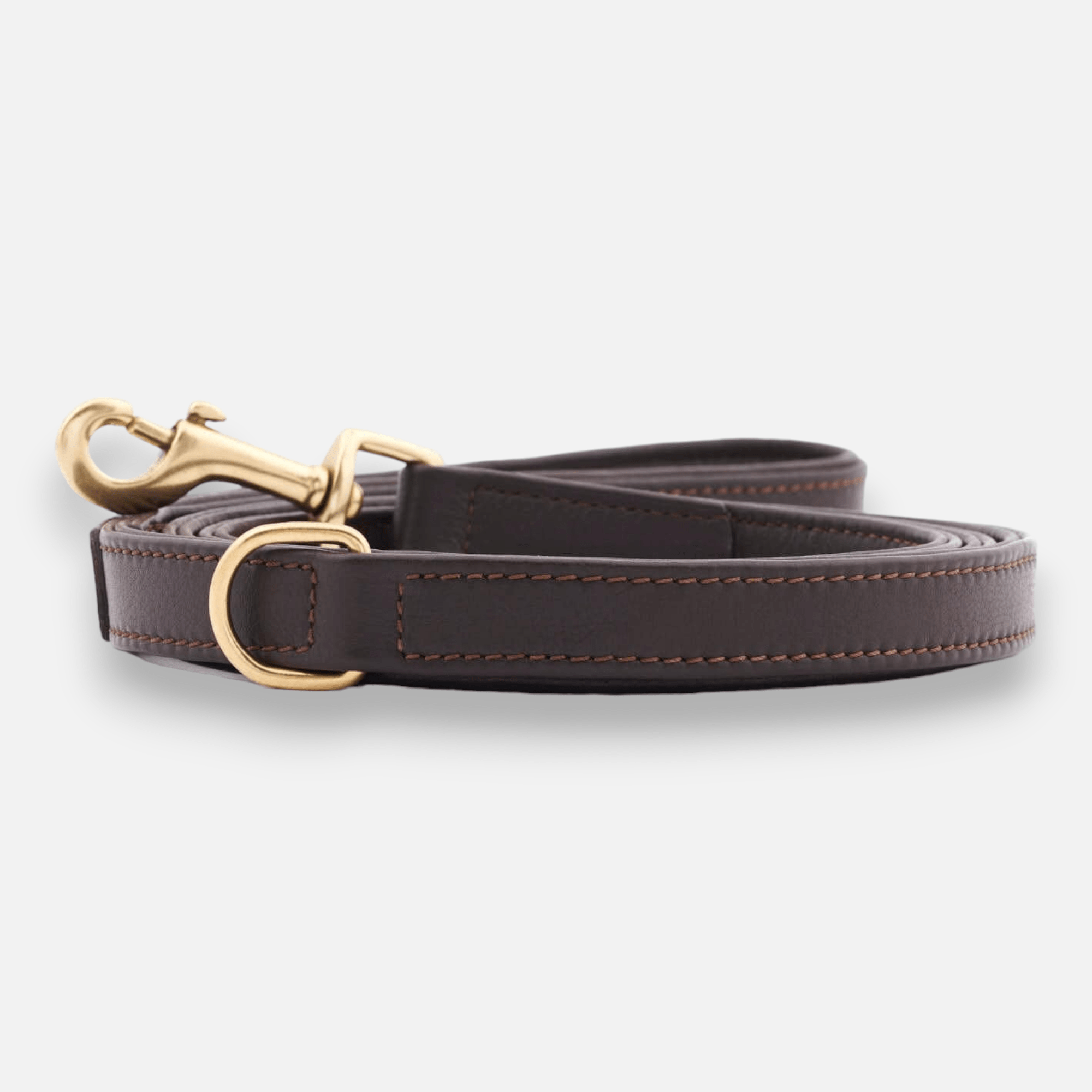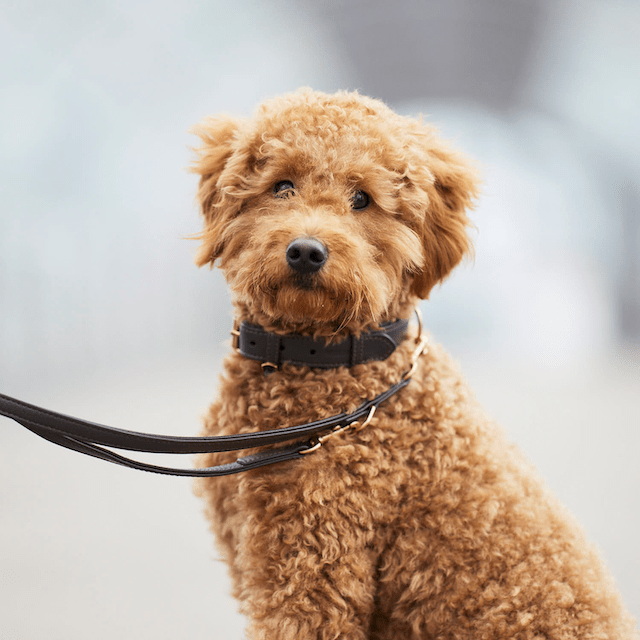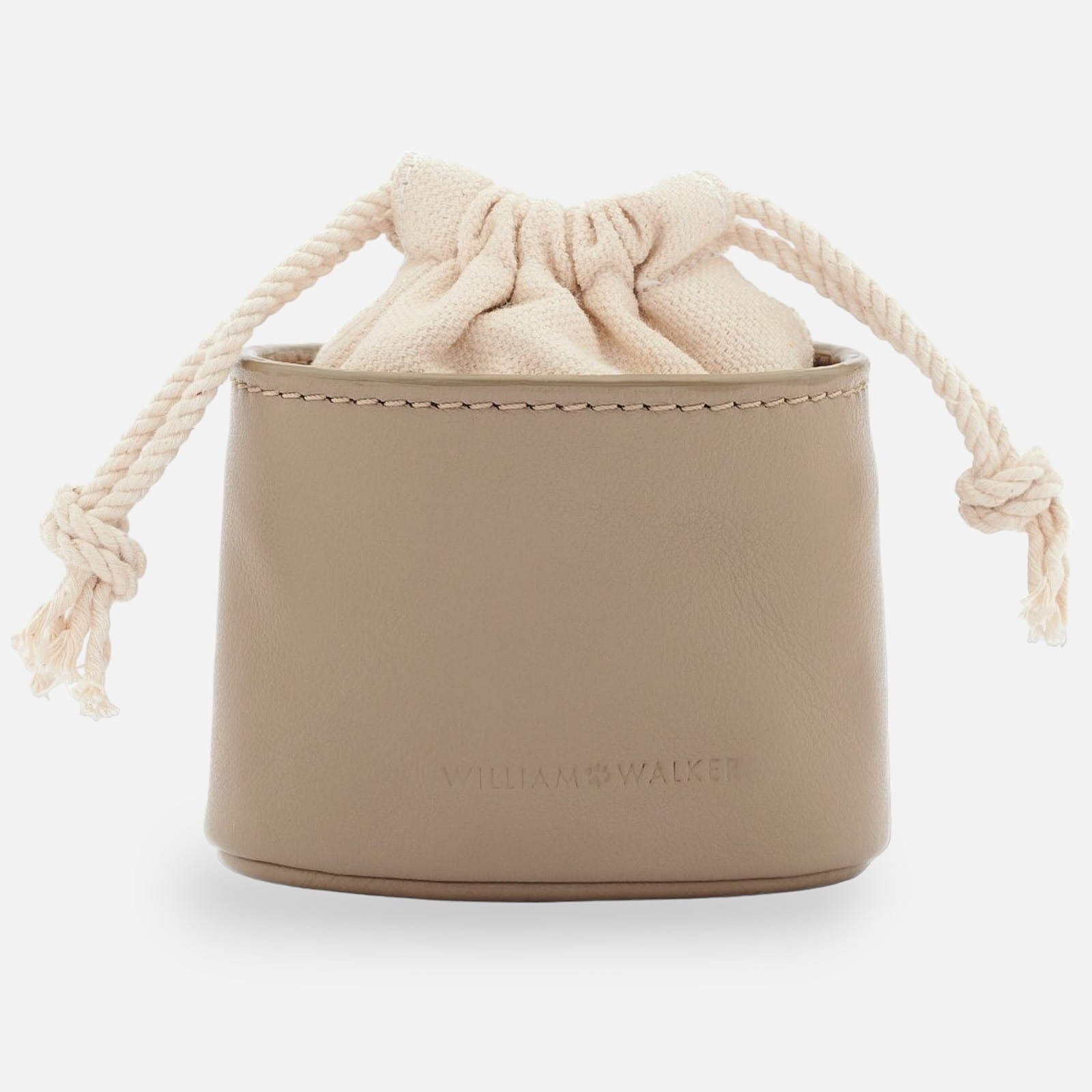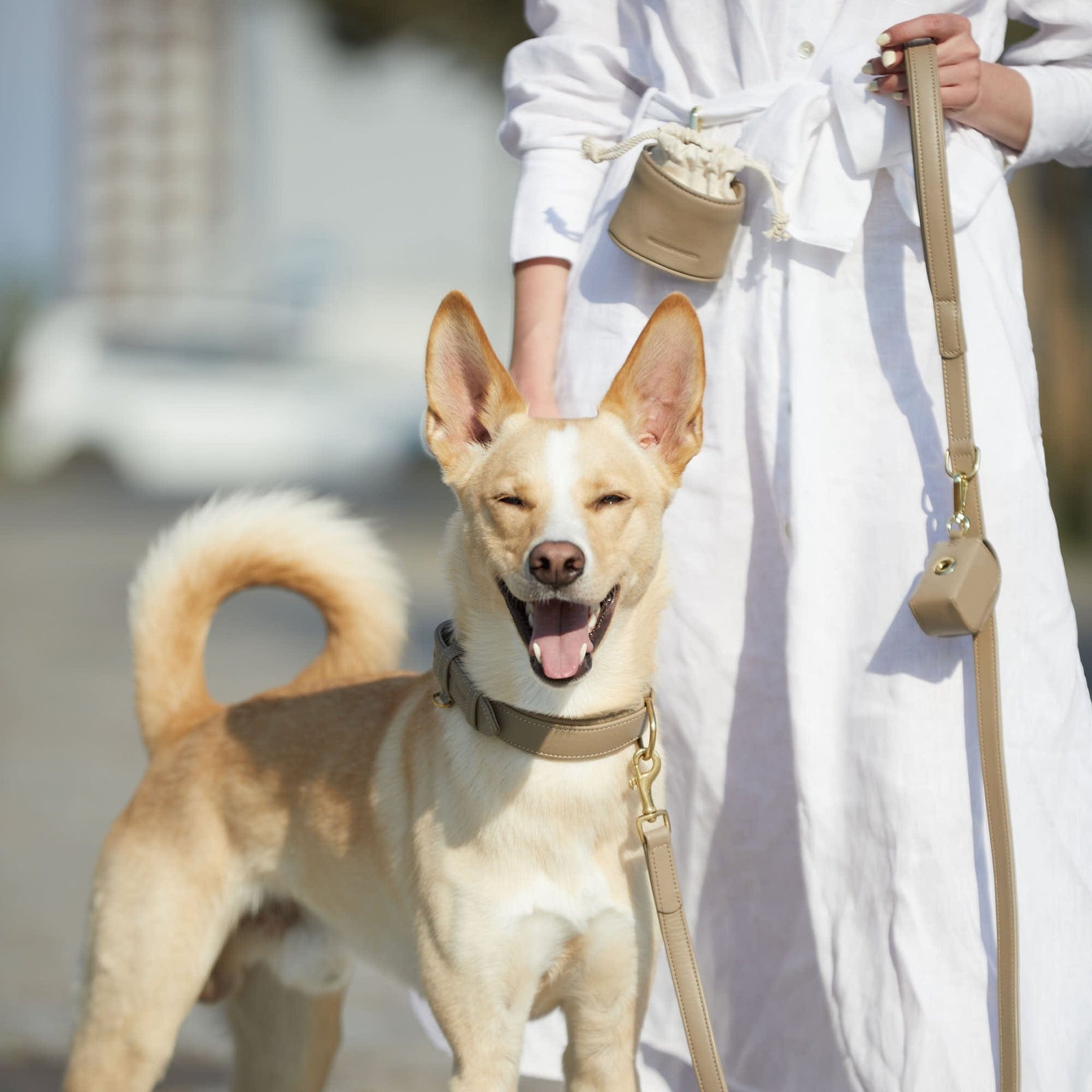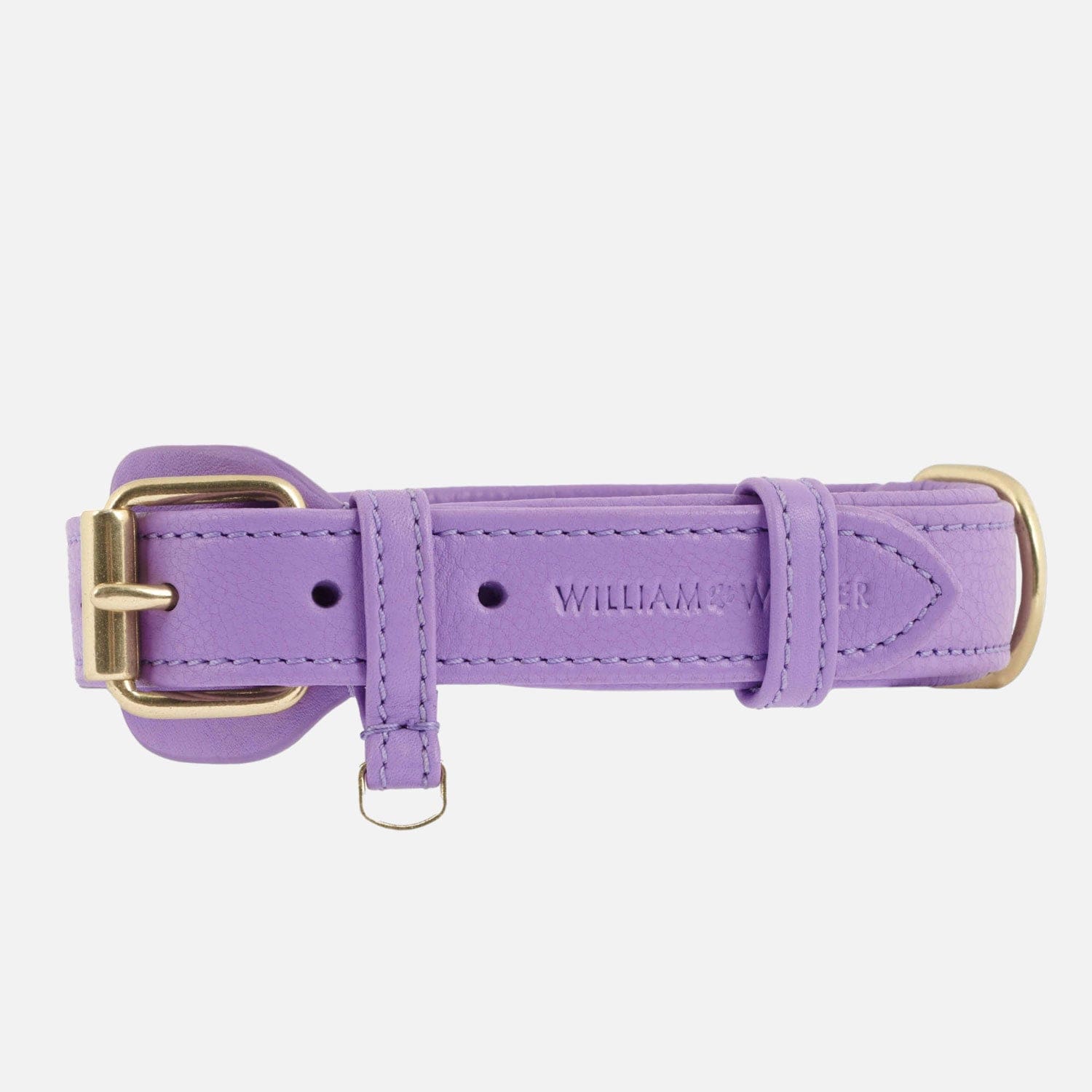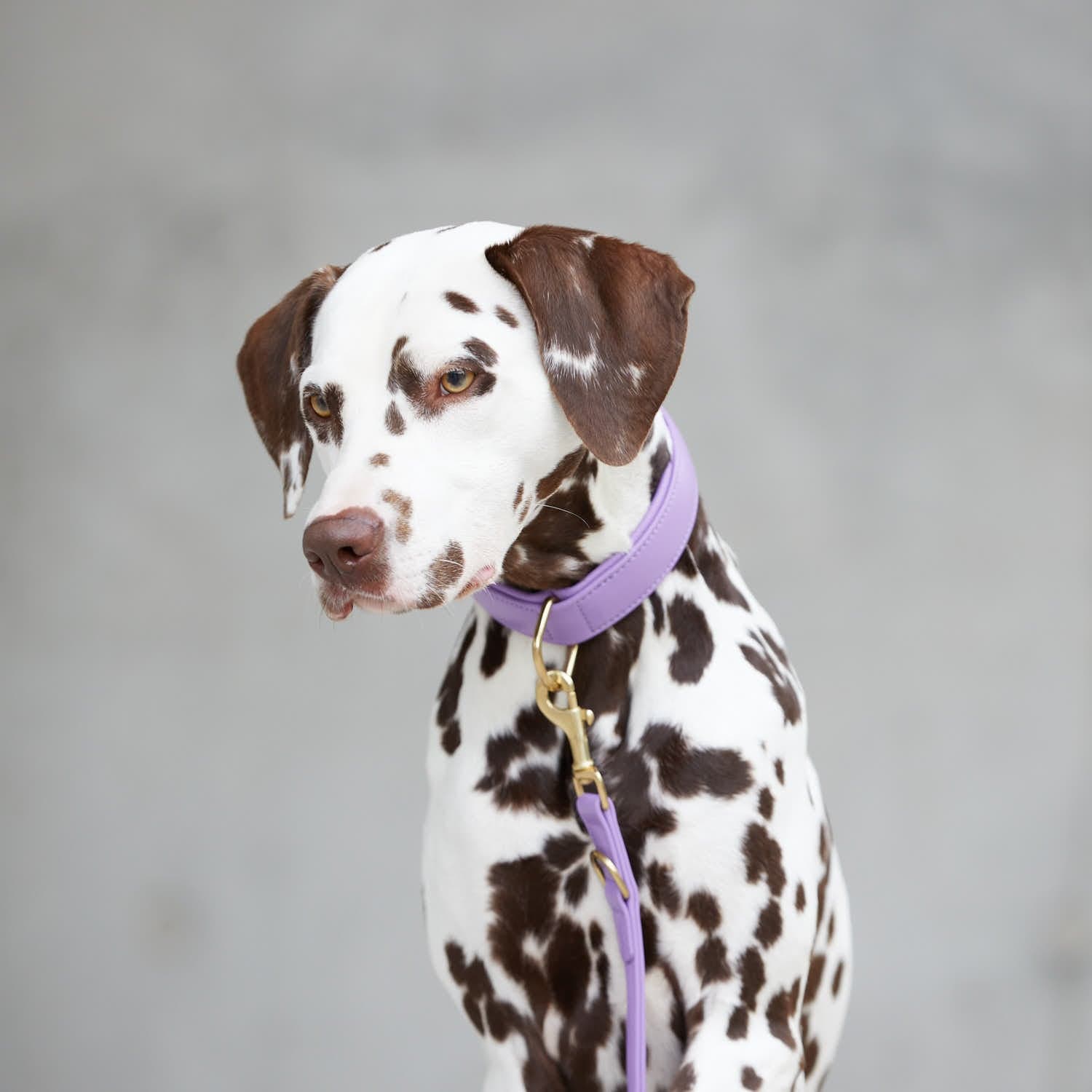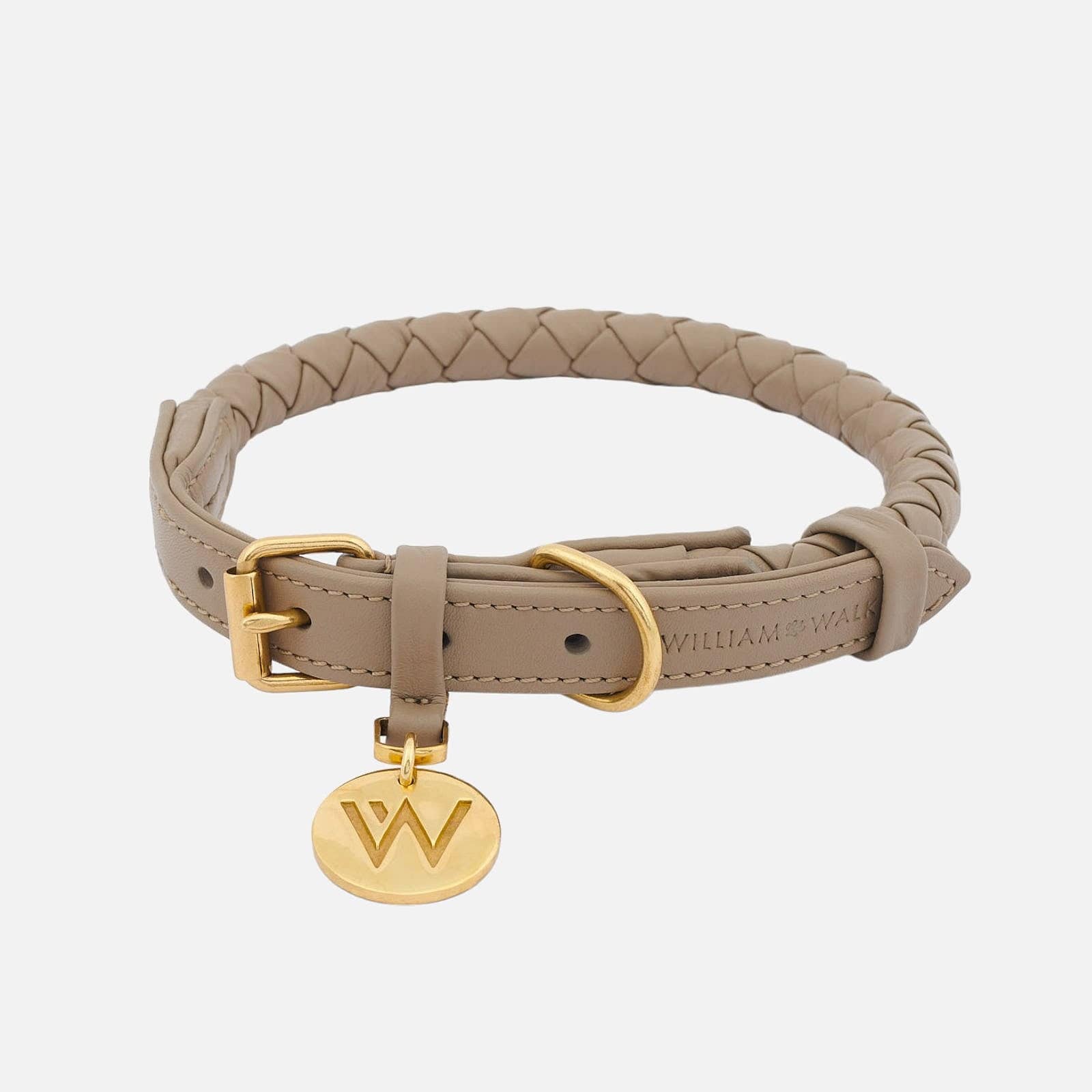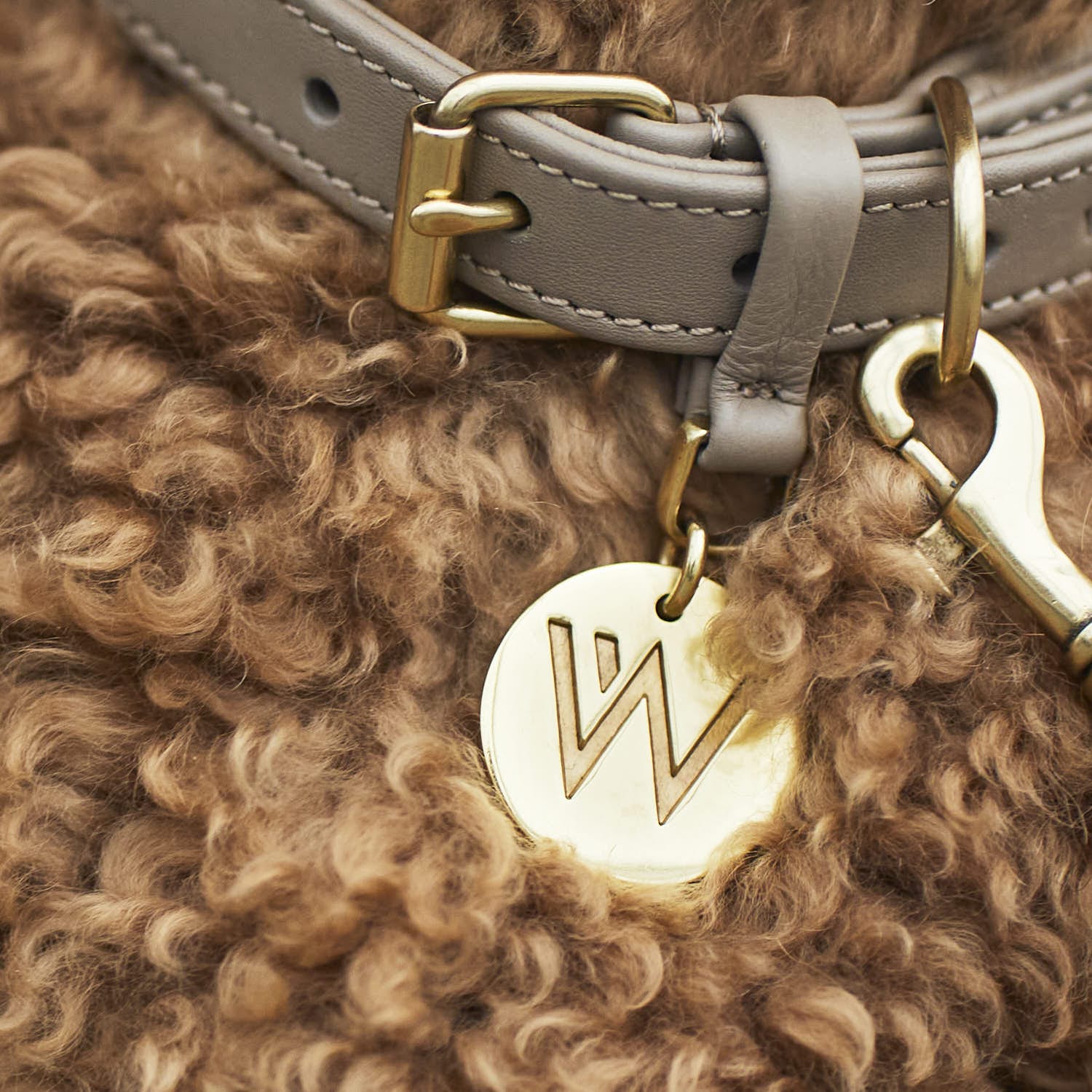The golden rule for dog play
You decide when and in what form is played! A clear hierarchy, in which the dog is subordinate to the human, is the basis for a peaceful and good coexistence between two-legged and four-legged. Dogs tend to test this social system every now and then. Especially if the sweet puppy suddenly turns into a rebellious pubescent your pack leadership will be challenged sooner or later. It's also important to consider and reinforce this hierarchy when playing with your dog. By deciding when playtime begins, what it consists of and when the fun has an end, your dog automatically memorizes who makes the rules.
The different types of dogs play
Every dog is different. If you have observed your dog when scuffling with conspecifics, a special type of game crystallizes, which you should definitely include in the choice of the common form of play. There are also some breed-specific differences to be observed. For example, bulldogs work with their whole body, long-legged breeds skillfully use the muzzle and paws, while greyhounds prefer to slip into the role of the hunter and the hunted.
The wild dog
If your dog is more of a wild disposition, you should keep a little more physical distance when playing. The human is significantly less robust than the fur-protected body mass of your dog.
Play Tip
Targeted interruptions help point out boundaries when your physical furry has been too rough with you. Racing and catching games, such as with balls or a Frisbee disc, will give your wild four-legged friend the exercise he needs. Note that your dog can only become a happy and balanced dog if limits and time-outs are set for the wild playfulness.
The dominant pelt nose
If your dog belongs to the dominant variety, especially tug-of-war games or physical wrestling are to be avoided - these are equivalent to a trial of strength. Show your dog that he is dependent on you. Search games in which your dog depends on your help are ideal for playful character training.
Play Tip
In the first round hide a treat in a place that is easy for your dog to reach. In the next step you hide the treat, for example, in a tree, where your quadruped can not reach it, but can see and sniff. Once your dog has discovered the treat, praise him and help him by taking the treat down for him. Our William Walker Treats are not only healthy and incredibly tasty, they're also perfect for training and playtime with your dog!
The cautious four-legged friend
Possibly your furry friend has developed fears and insecurities when playing with conspecifics - perhaps he is often physically inferior to others or simply more submissive. Show him you're not made of glass. His cautiousness allows for close-to-the-body scuffling, roughhousing, and frolicking wonderfully. The gentle nature usually implies that he has accepted you as a leader - this opens up many play opportunities, such as tug-of-war games or races.
Play Tip
Strengthen your faithful companion's self-confidence by bringing about a sense of achievement while playing. During retrieve training, you can intensely praise your pelt nose for every object brought or found and show him how great you think they are.
The Speedy Gonzales among dogs
Run, run, run! If your dog also thinks so, then you should give him enough space and freedom to live out his speed. Most of the time just presenting him with a big, wide meadow is enough to awaken his inner Speedy Gonzales. With fast and running dogs the bike is also very suitable for the walk rounds, because you can increase the pace a bit.
Play Tip
If your dog is practiced in the command "Stay", it is wonderful to let him sit for a while and go far away and then call him to you with the appropriate command. While your dog is waiting, he is already looking forward to the coming sprint. If he may then let this run free, his joy could not be greater!
The senior dog
Unfortunately our animal friends age so much faster than we humans do. For large dogs osteoarthritis and joint problems often add to the general age-related decline. Even if quadrupeds play significantly less in old age, they are also happy about fun employment and fun time with their two-legged friend.
Play Tip
Any form of jumping or abrupt movements should be avoided when playing with an older dog. More suitable are affectionate and light scuffles, games of fetch or games of hide-and-seek. Such less intense forms of play are also wonderfully suitable for indoors, if weather - or health-related the walk round once smaller fails.
"My dog does not play" - What can I do if my dog does not want to play
Generally every dog has a desire to play with his owner - provided he is healthy! If the dog reacts listlessly or unmotivated to play requests, you should change the form of play, integrate dog toys or give an incentive through treats. Another measure would be to question your own body language and possibly convey clearer signals here - for example, you could initiate the play session with a command like "Play". The correct handling of the various dog toys is equally important and can open up whole new possibilities for you and your dog.
If you want to learn more about dog toys, take a look at our blog post "Dog toys - what you have to pay attention toWilliam Walker Play Collection!
And now just get into your play clothes, go out to the beach, the forest or the garden and just play freely and exuberantly with your dog. Also us Humans need a bit of fun and playfulness and it additionally strengthens the connection between two- and four-legged!
By Louisa Knoll
